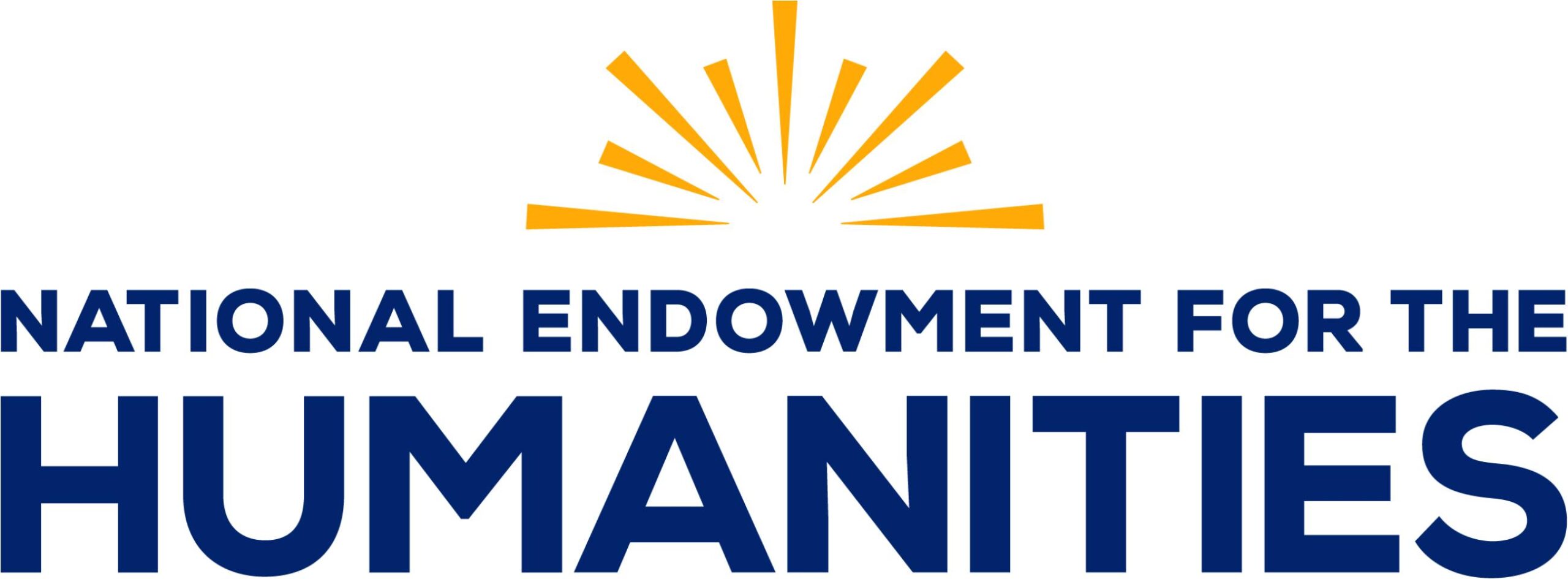Now Viewing: High School
From the Connecticut Social Studies Frameworks: In high school, students explore people, events, and movements in U. S. history from the 1870s to the present with a focus on inquiry into the changes in society, economic development, and the emergence of the United States as a global power. An emphasis is placed on analyzing and evaluating a variety of documents, sources, and perspectives. The study of U.S. history from the late 19th century to the present requires that students generate and research compelling questions such as:
- How do Americans define freedom and equality and how have American conceptions of freedom and equality changed over the course of U.S. history for members of various racial, ethnic, religious, and gender minority groups?
- Is America a land of political, economic, and social opportunity?
- What was the significance of Connecticut’s contribution to America’s story?
- Is the United states a “just” society and how has the concept of justice evolved over time?
- Is there an American national identity; what does it mean to be an American?
- What should be the current role of the United States in world affairs?
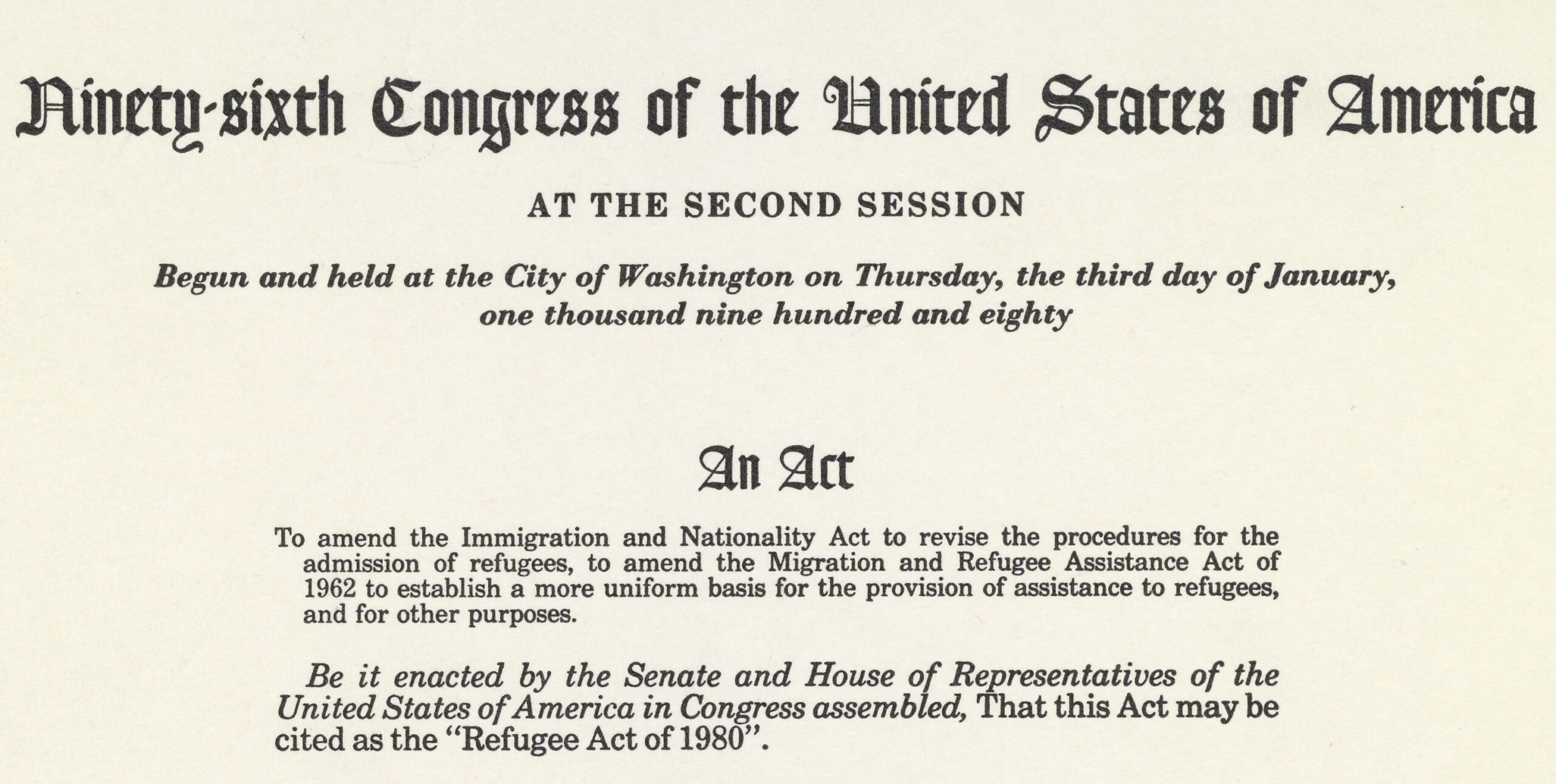
Responding to Horrors: U.S. Refugee Policy in the Post-Vietnam War Period
To what extent do specific historical events shape U.S. refugee policy?
Learn More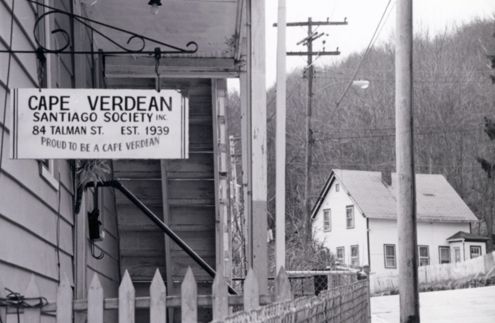
Cape Verdean Life and Influence in Connecticut
To what extent was the Cape Verdean immigrant experience typical or atypical within United States history?
Learn More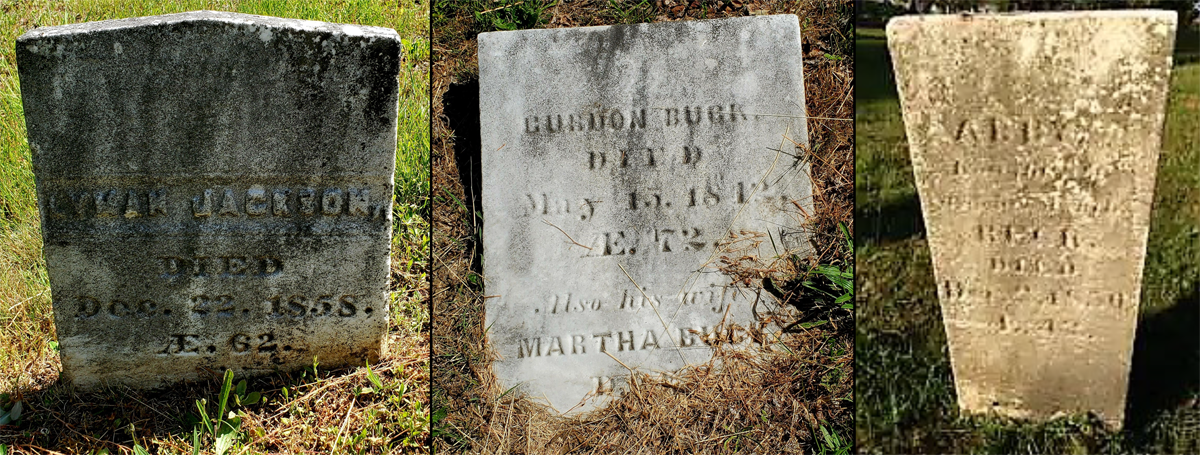
The Struggle for Equality: Black Burials in the Old Willimantic Cemetery
To what extent did burial practices reflect the status of enslaved people and free Black people in Connecticut?
Learn More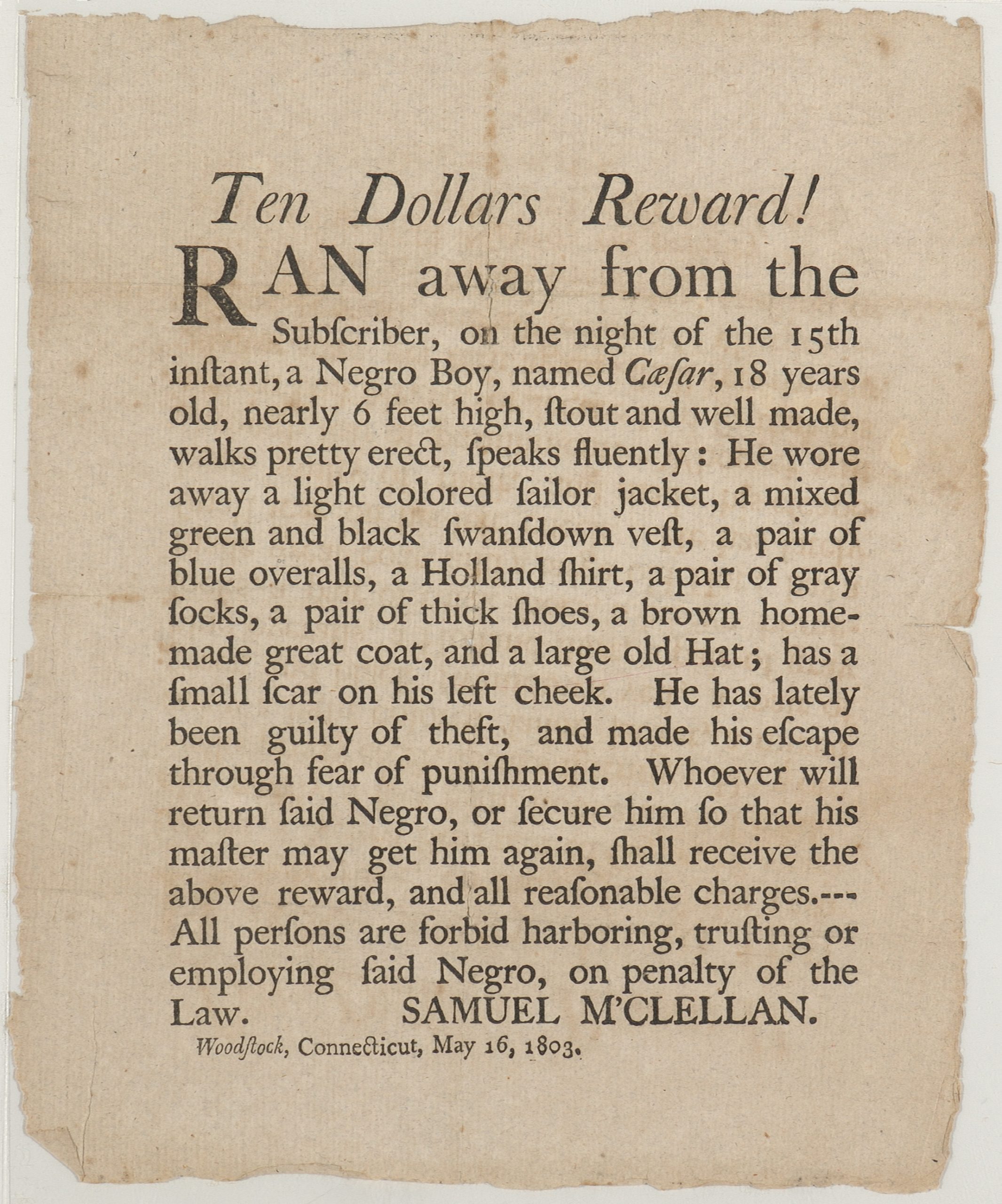
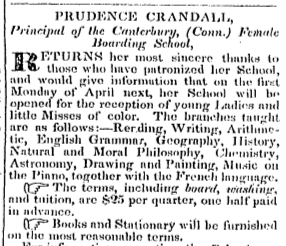
Anti-Racist Allies and Accomplices in Connecticut History
In what ways are both anti-racist allies and anti-racist accomplices important in the struggle for social justice?
Learn More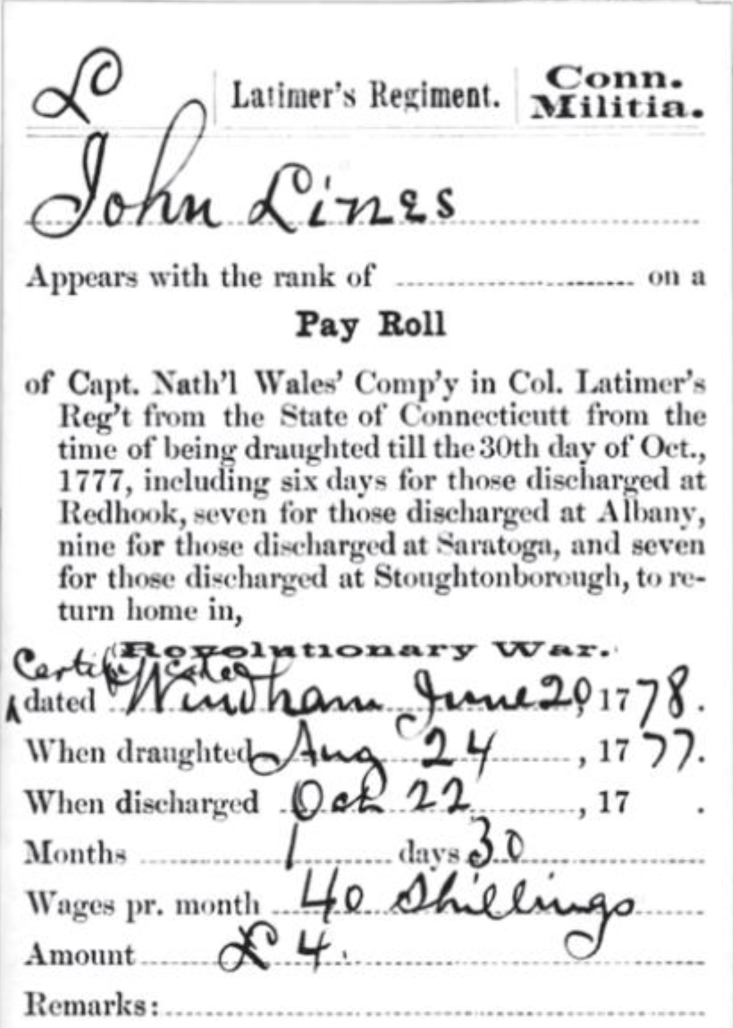
Telling Their Stories: African Americans in the American Revolution
How do historians reconstruct the stories of people from the past?
Learn More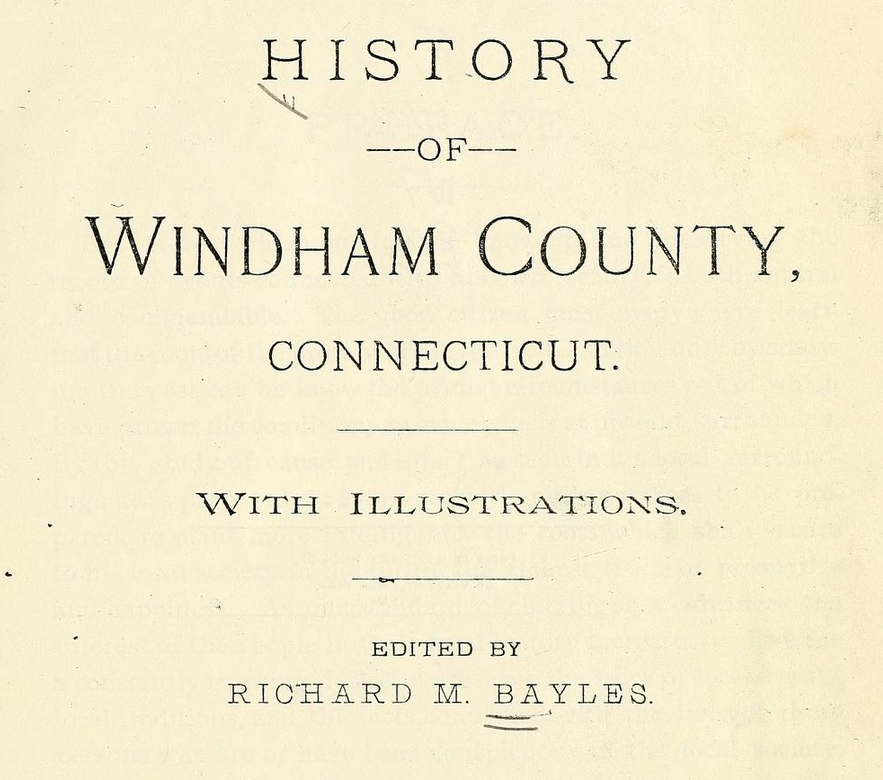
The Role of Enslaved People in Founding Connecticut
Why should enslaved people be seen as “founders” of Connecticut?
Learn More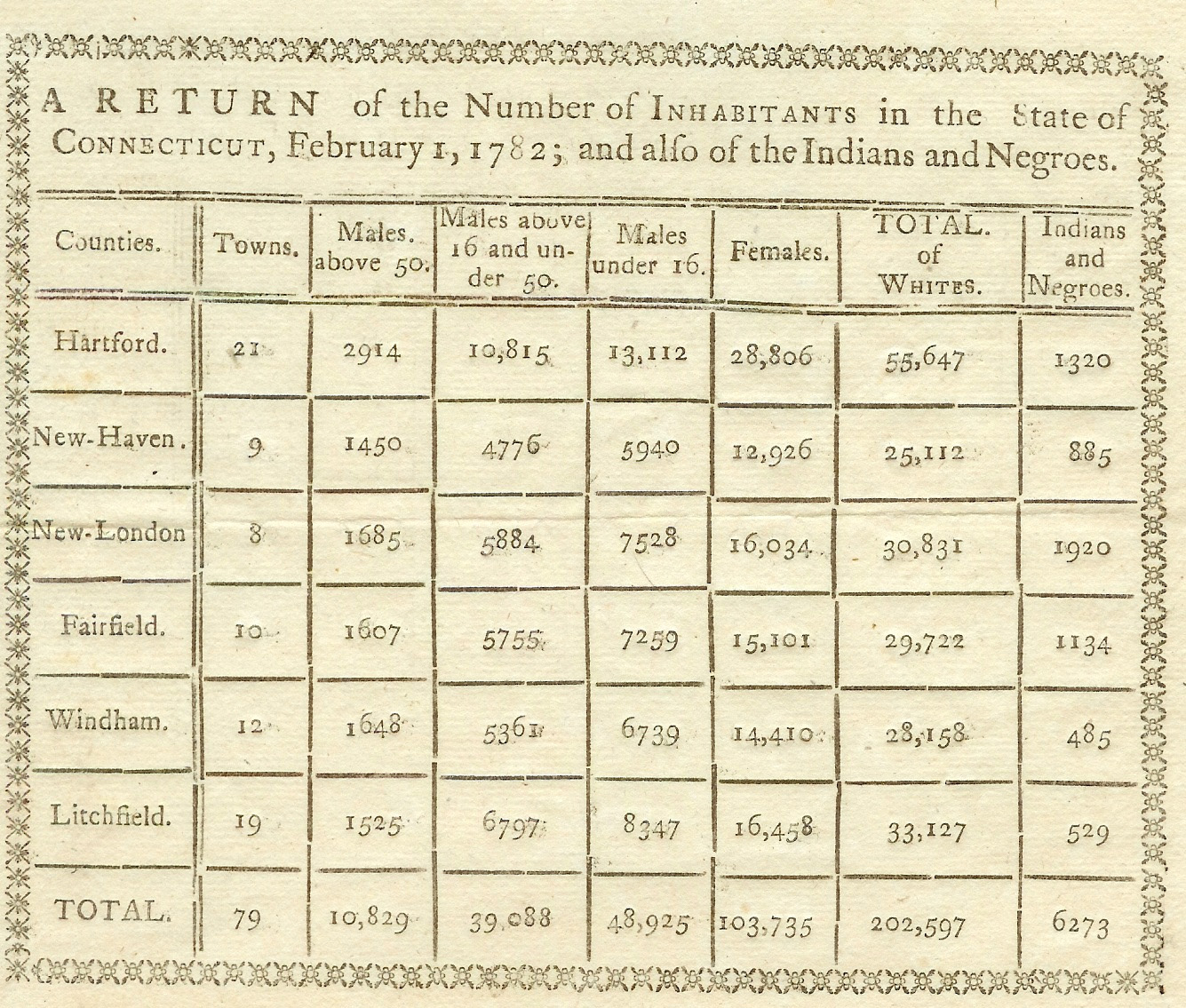
Understanding the Census: Tracking Connecticut’s Black Population
How did attitudes towards slavery and Black Americans change over time in early Connecticut?
Learn More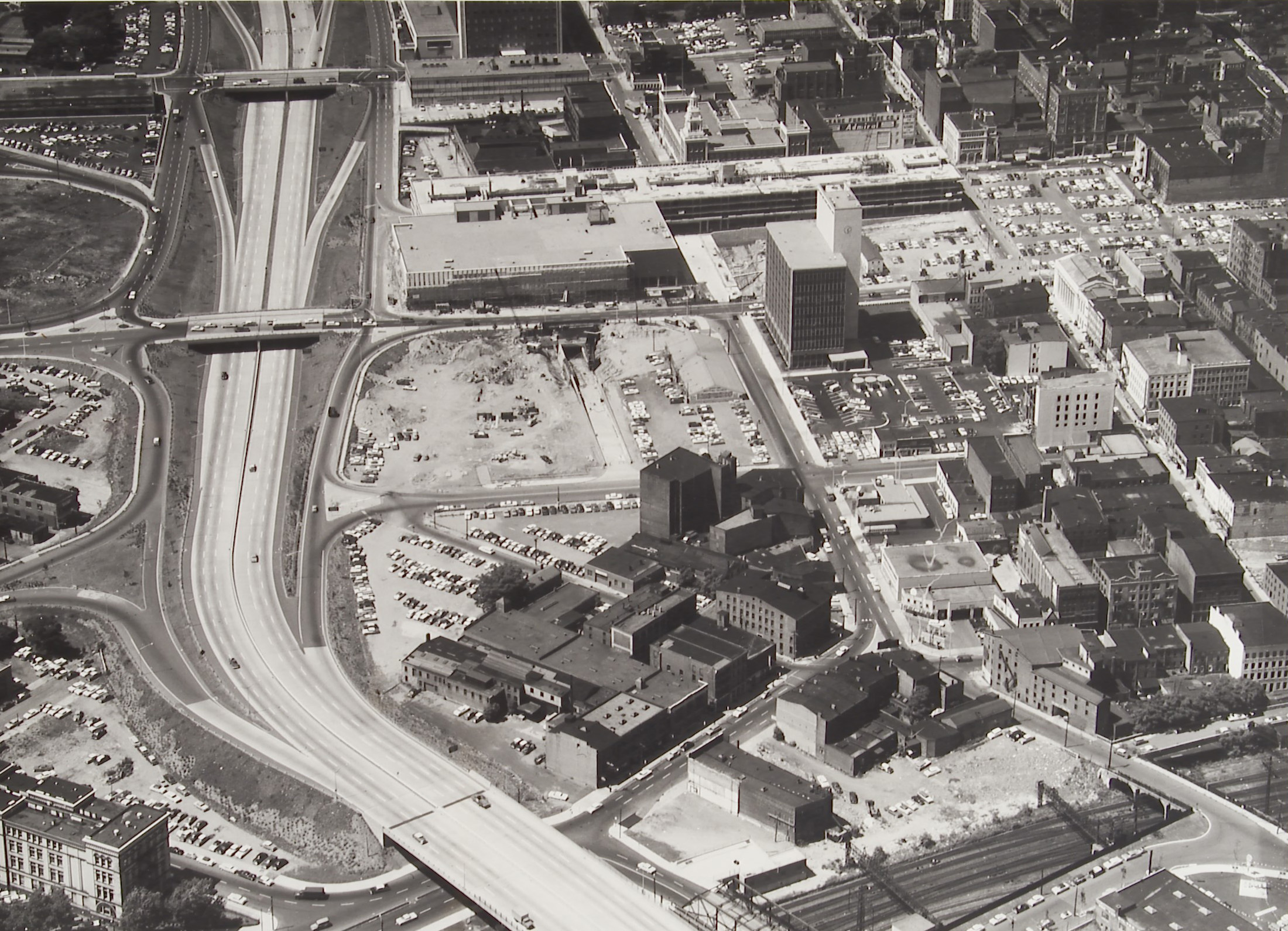
The Triumph and Tragedy of Urban Renewal
Who decides what infrastructure is good for people?
Learn More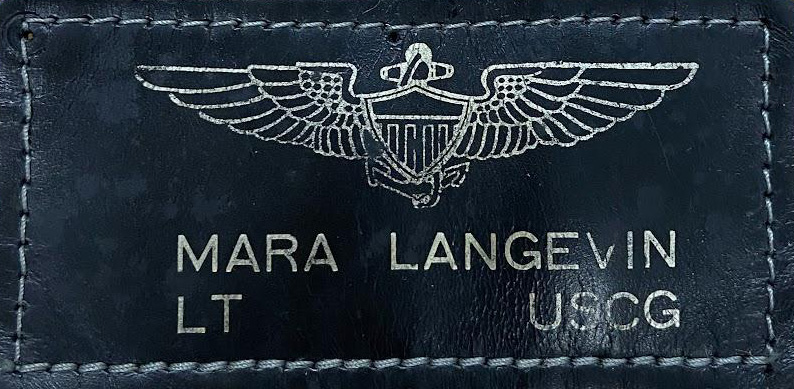
Asian Americans and Pacific Islanders in the Coast Guard
What does patriotism mean to different communities within the United States?
Learn More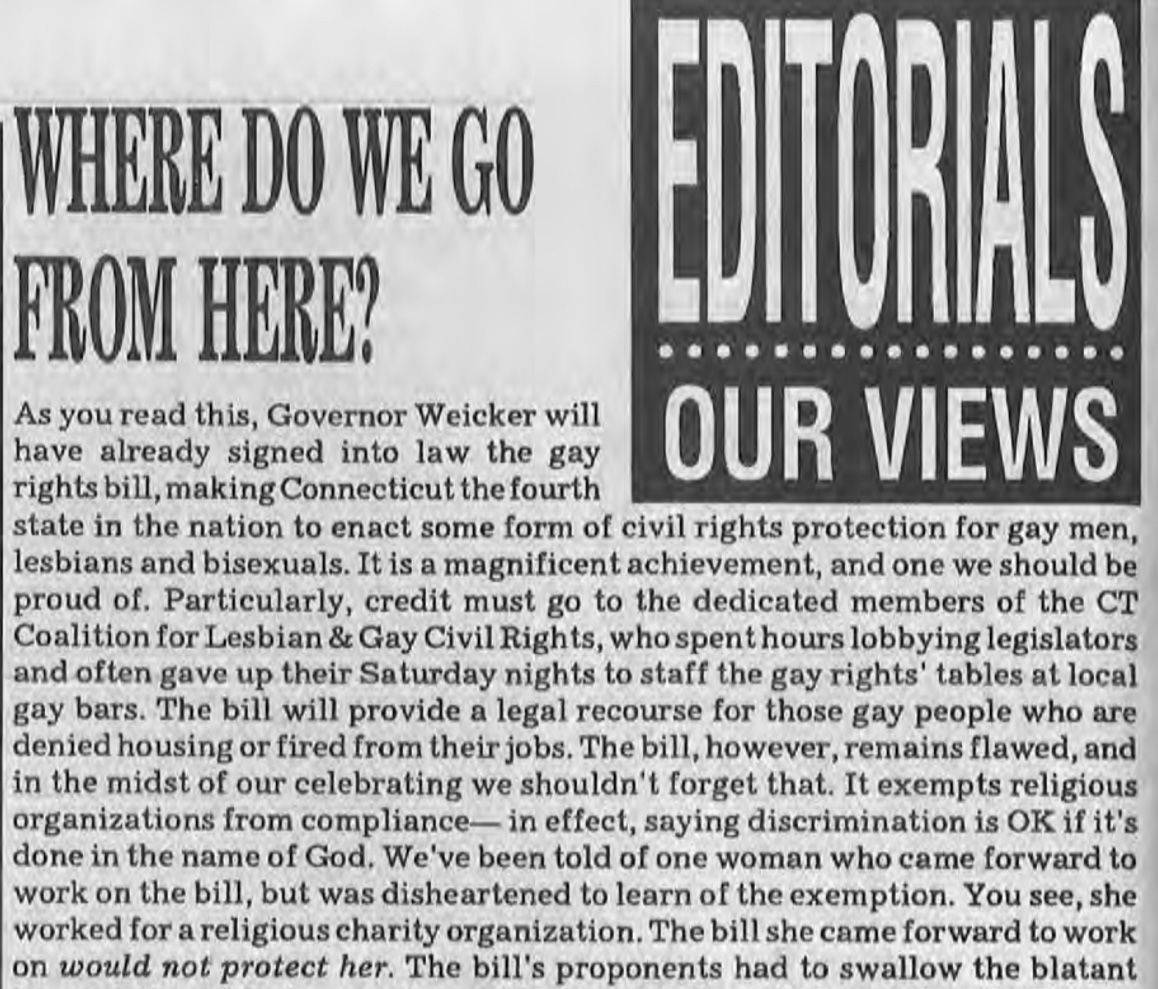
LGBTQ+ History in Connecticut: Advocacy and Organization
How did the modern LGBTQ+ movement develop and evolve in Connecticut?
Learn More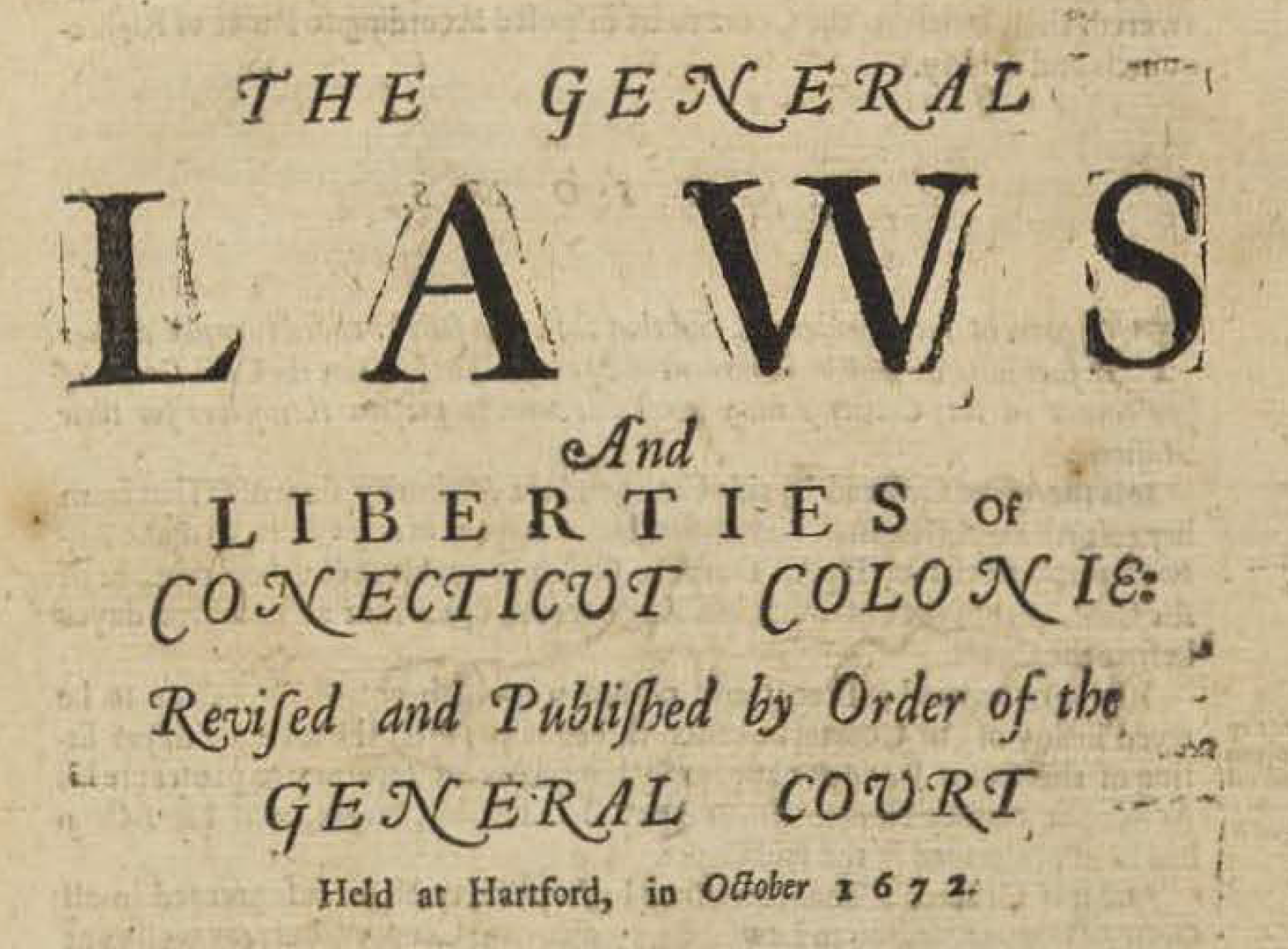
LGBTQ+ History in Connecticut: Colonial Era Laws and Legislation
How did colonial laws marginalize LGBTQ+ individuals?
Learn More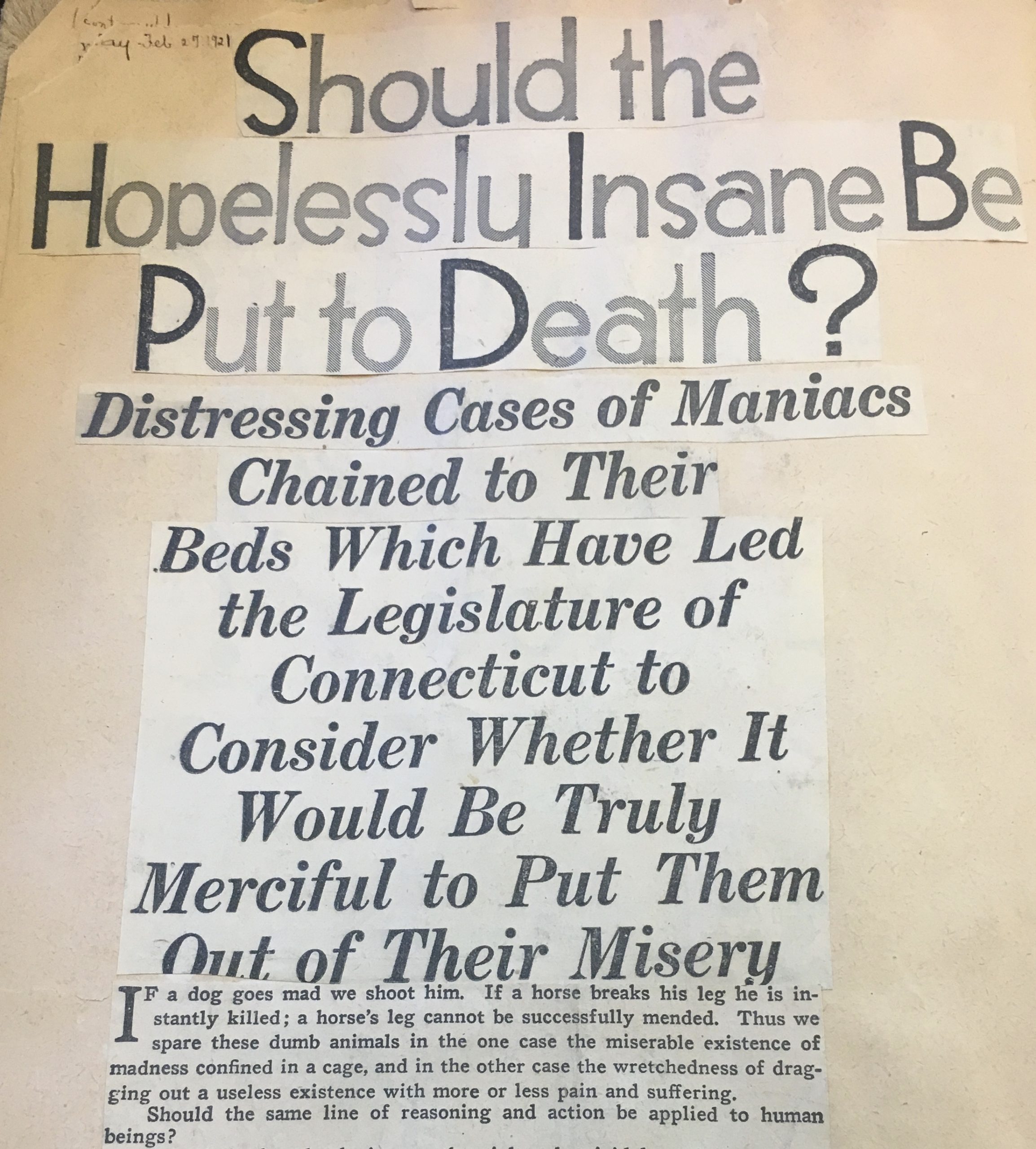
LGBTQ+ History in Connecticut: Medical Marginalization
How were LGBTQ+ individuals marginalized through medicalization in the 20th century?
Learn More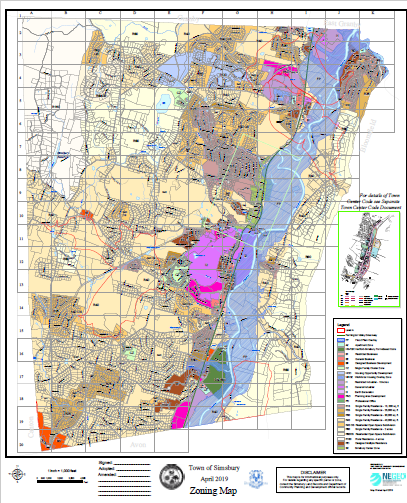
Zoning: Examining Housing Policy in Connecticut
How have rules about housing shaped Connecticut?
Learn More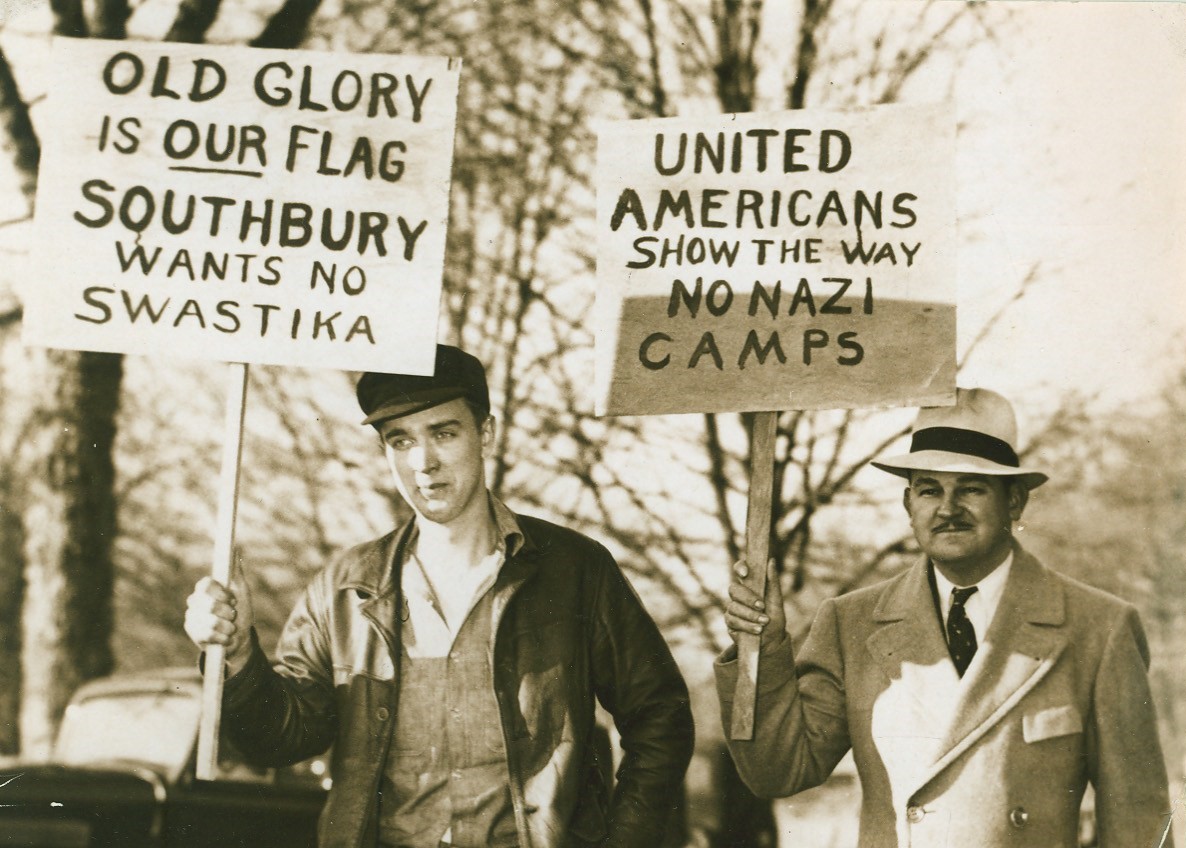
No to Nazis in Connecticut: Southbury Takes a Stand
To what extent can individuals be agents of change in their communities?
Learn More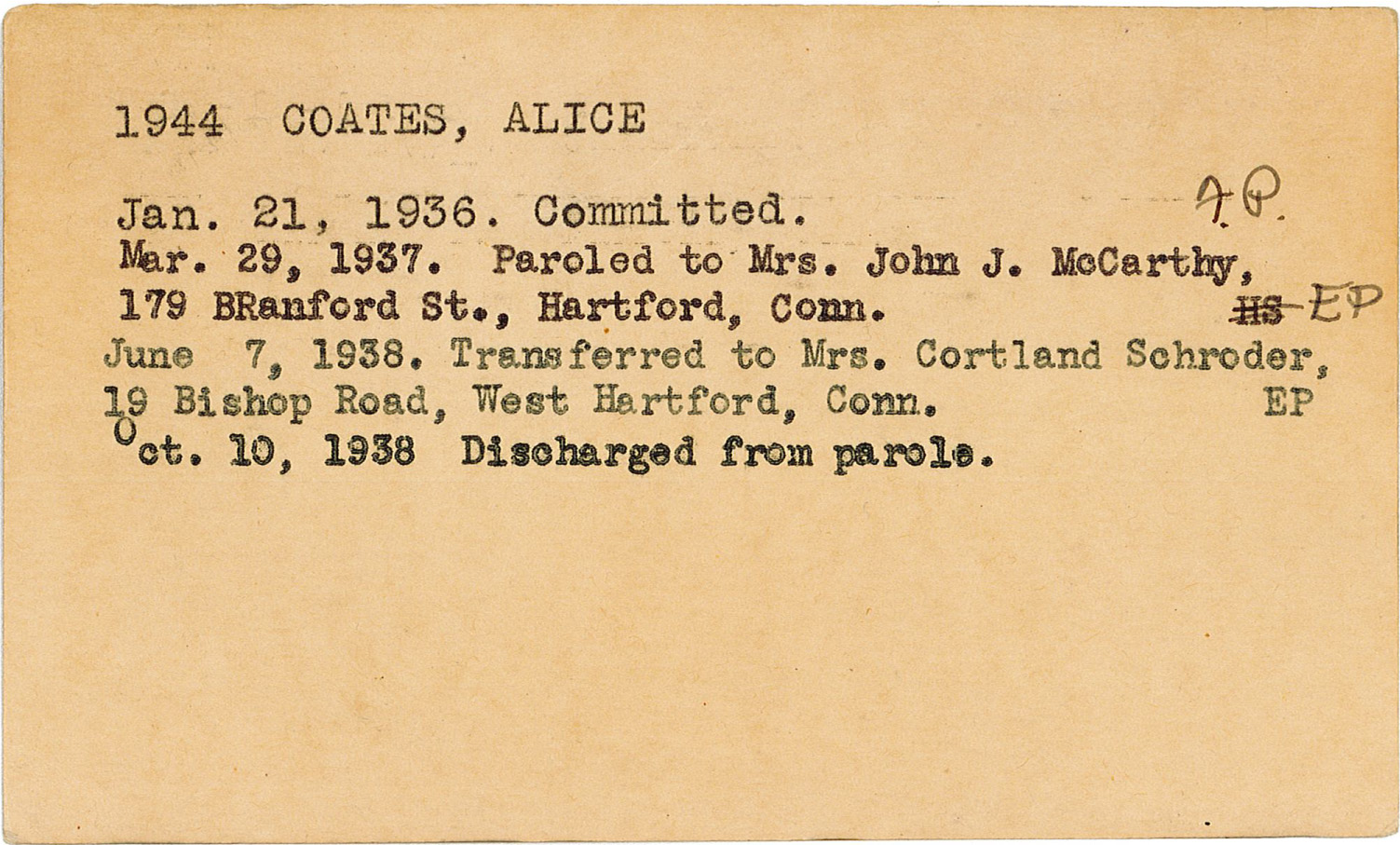
The Problem with “Delinquent Women”: The Connecticut State Farm for Women, 1915-1938
To what extent should individuals, groups, and/or institutions have the power to make decisions about the lives and welfare of others?
Learn More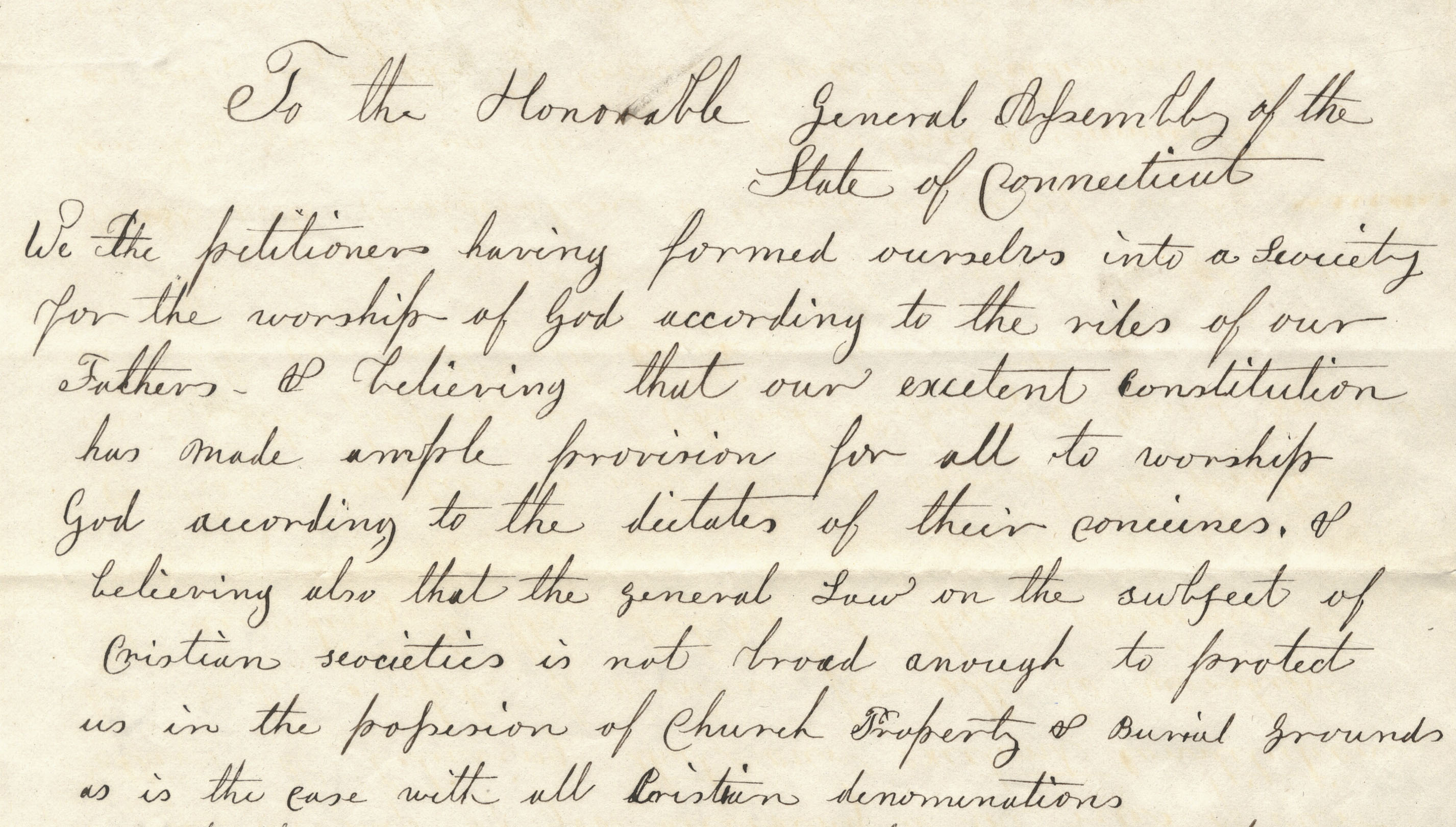
Religious Freedom for Jews in Connecticut
How did Jewish immigrants expand religious freedom in Connecticut?
Learn More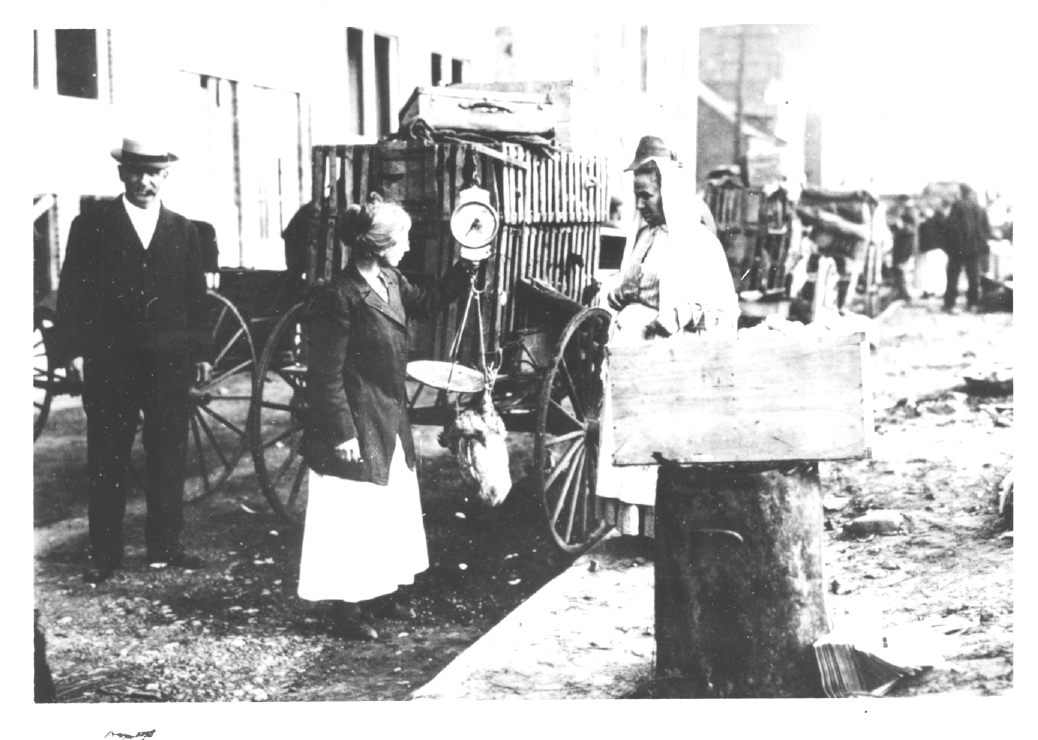
Immigrants Build a Community: Hartford Jews in the Early 20th Century
How did immigrants build a community in Hartford in the early 20th century?
Learn More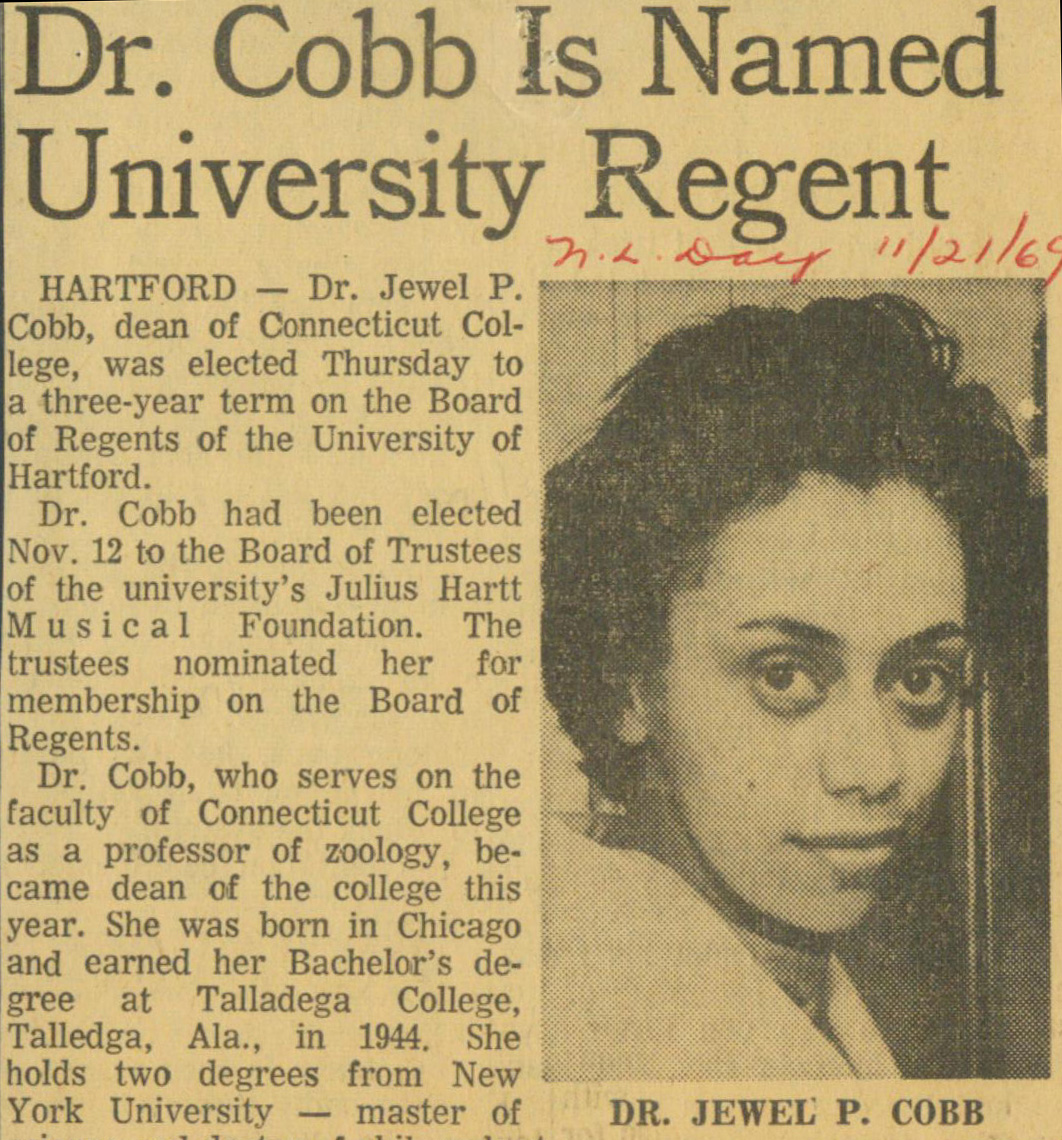
Dr. Jewel Plummer Cobb: A Role Model in STEM and Higher Education
To what extent is it easier for women and people of color to enter the fields of STEM and higher education today than it was in the 1950s–1990s?
Learn More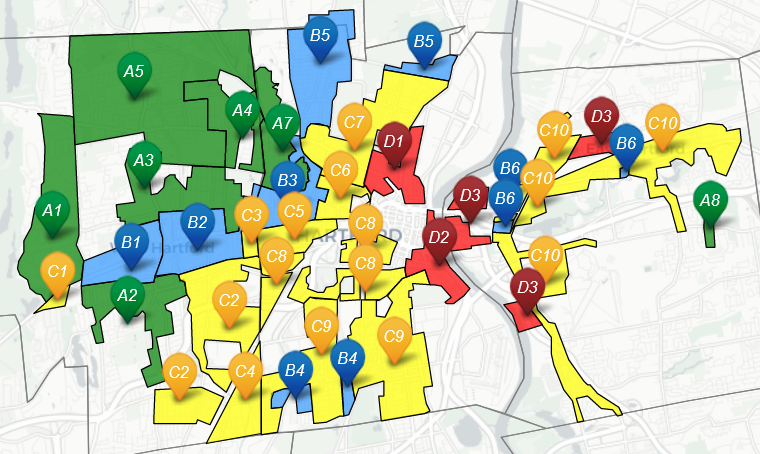
Housing Segregation in Connecticut
In what ways is segregation still practiced in the United States today?
Learn More
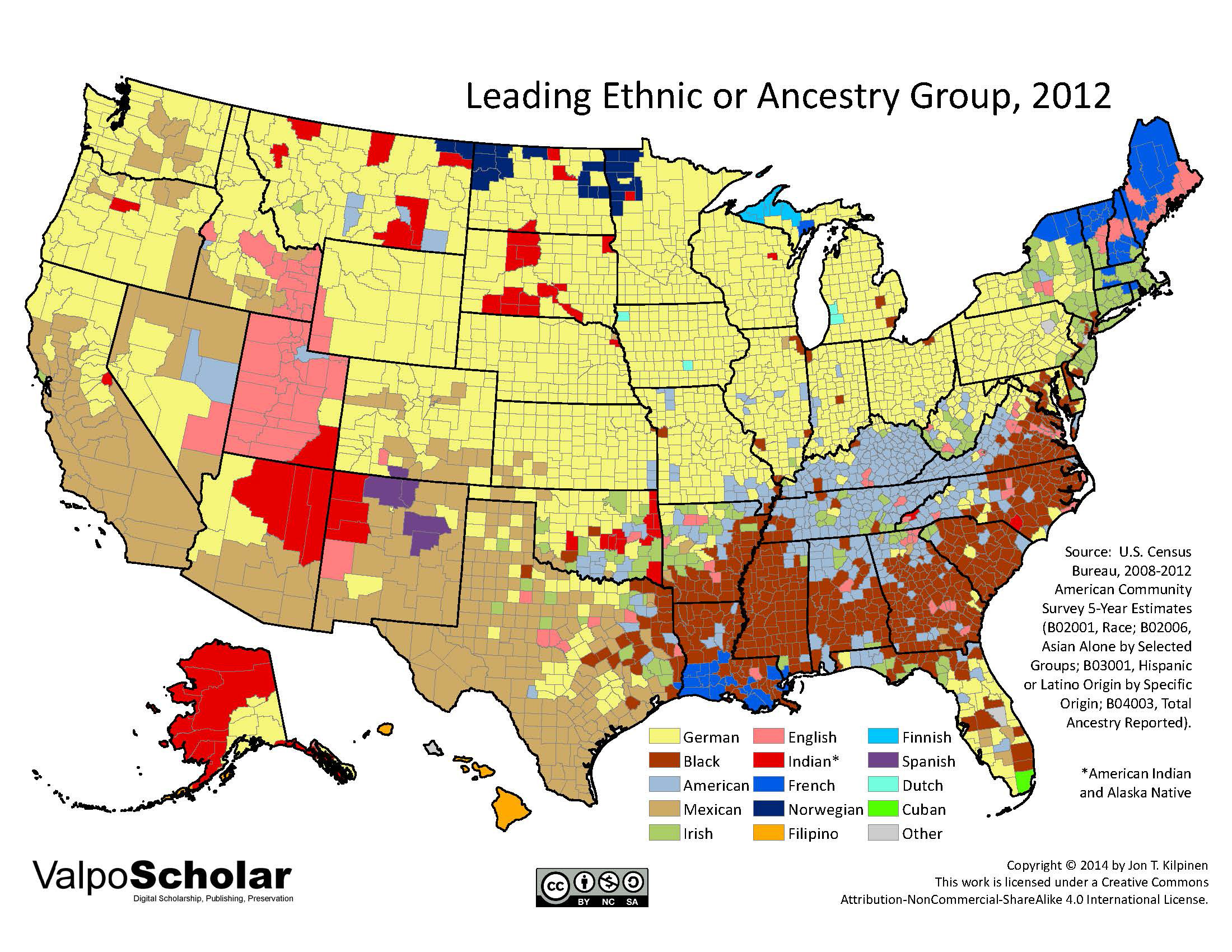
Geographies of Food: The Roles of Migration, Landscape, and Food Availability in the United States
How have geography and history shaped regional differences in foods in the United States?
Learn More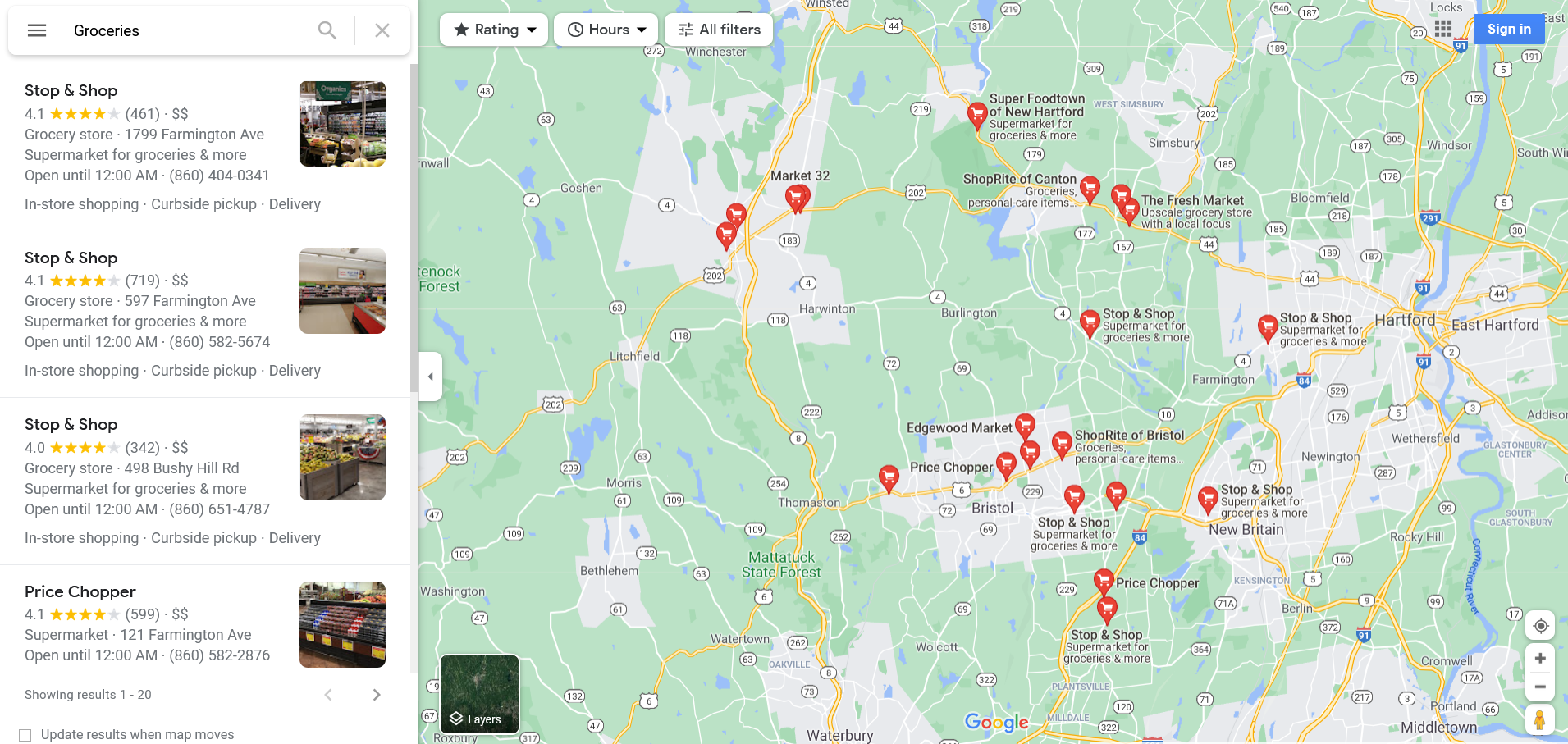
Foodscapes of Connecticut
What geographical and historical factors affect the foodscapes of Connecticut?
Learn More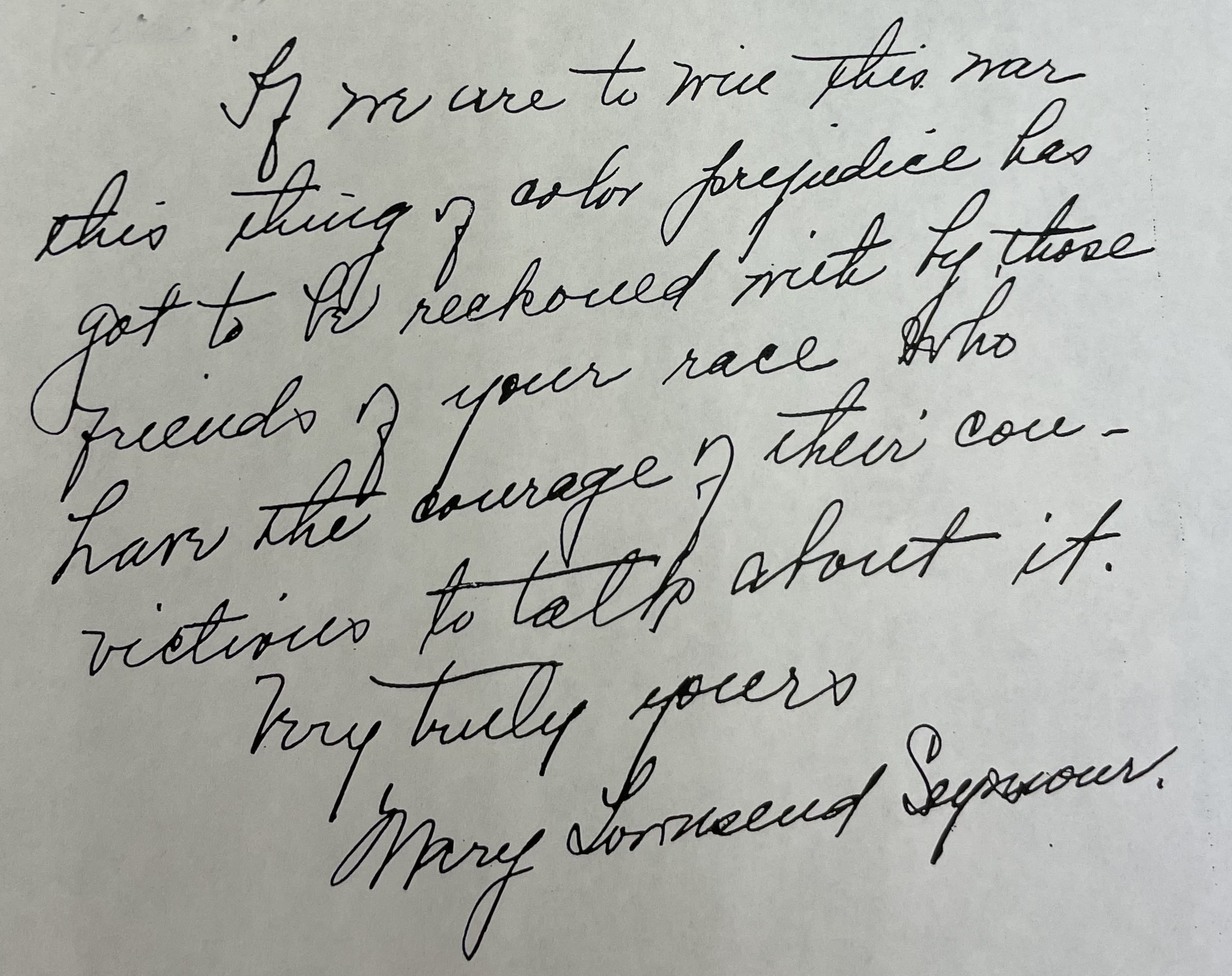
Mary Townsend Seymour: A Hartford Activist Fights for Equity
In what ways have communities of color advocated for equity?
Learn More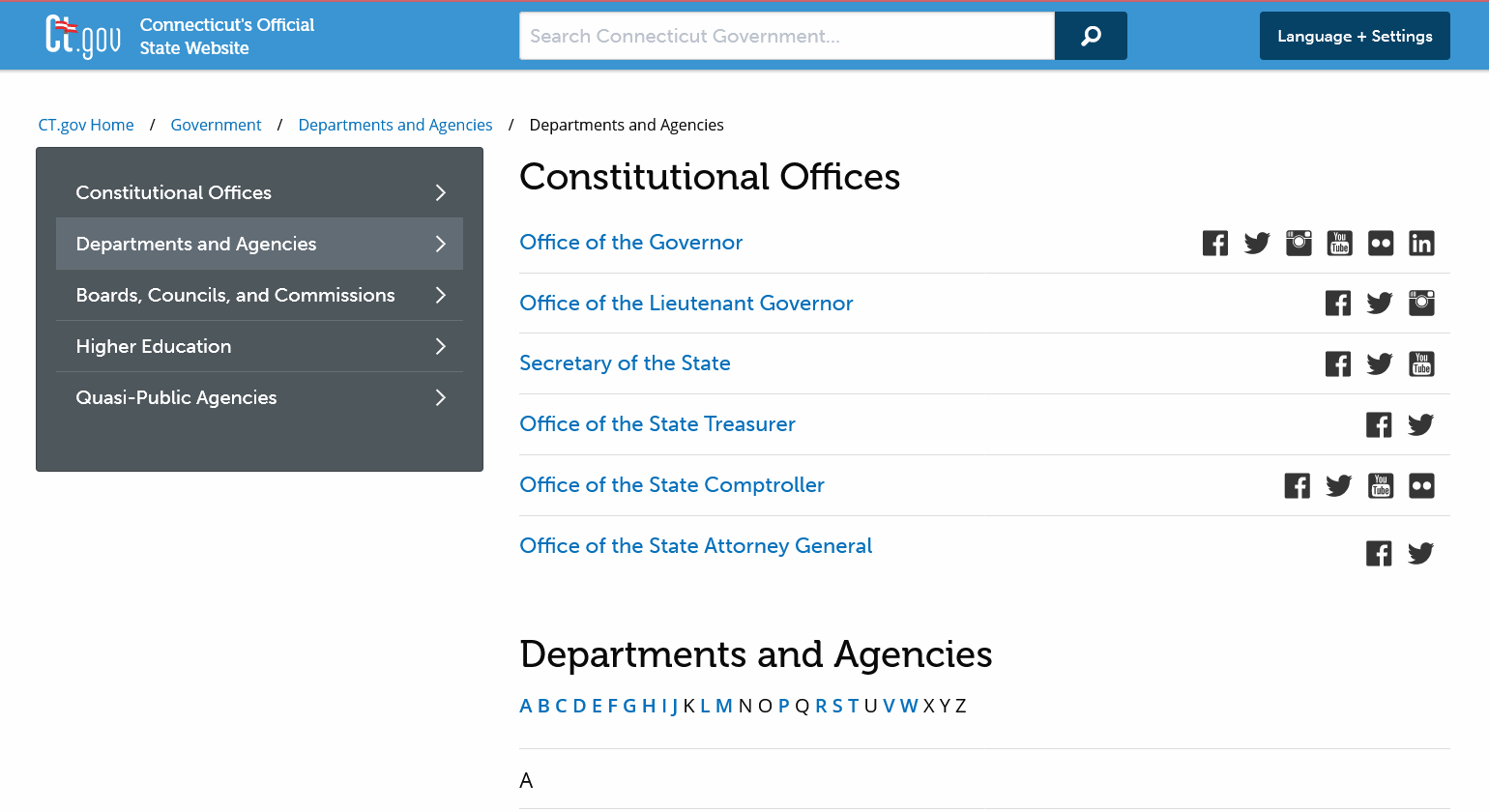
Government is People: Creating a Symposium of Local, State, and Federal Government Speakers
What does the government do?
Learn More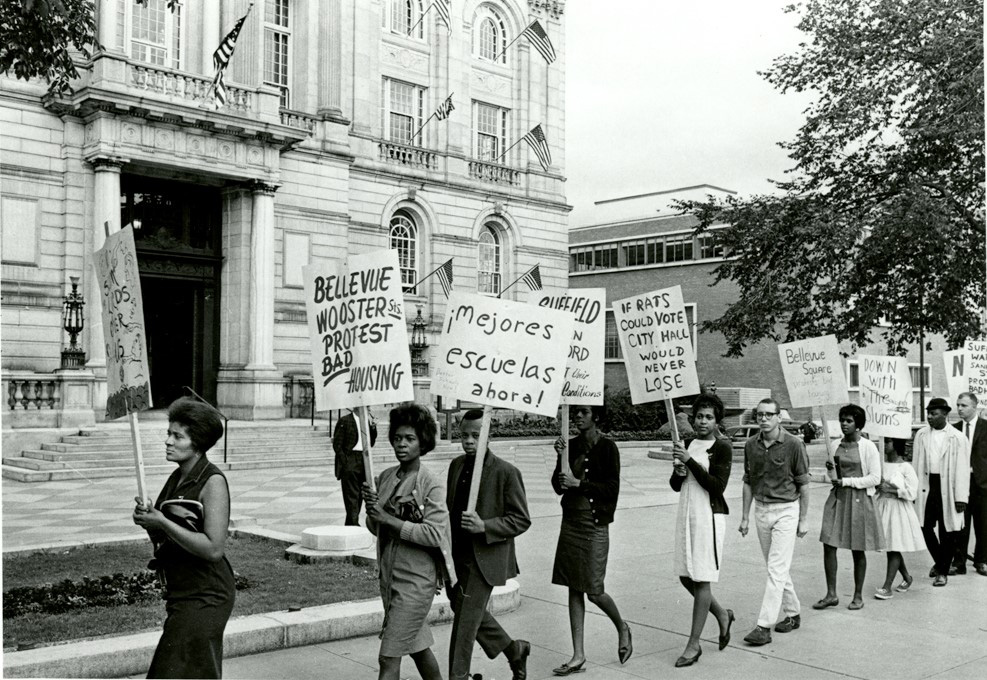
Empowering Students’ “Civic Voices” in Local and State Government: Middle/High
Why is it important that students use their “civic voices” in local and state government to produce positive change?
Learn More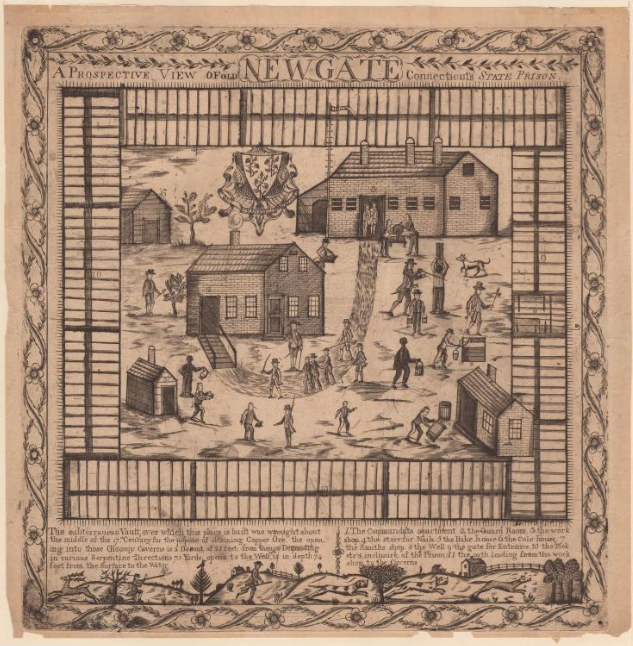
Cruel and Unusual: An Interdisciplinary Study of Incarceration Across Two Centuries
What is “cruel and unusual” punishment?
Learn More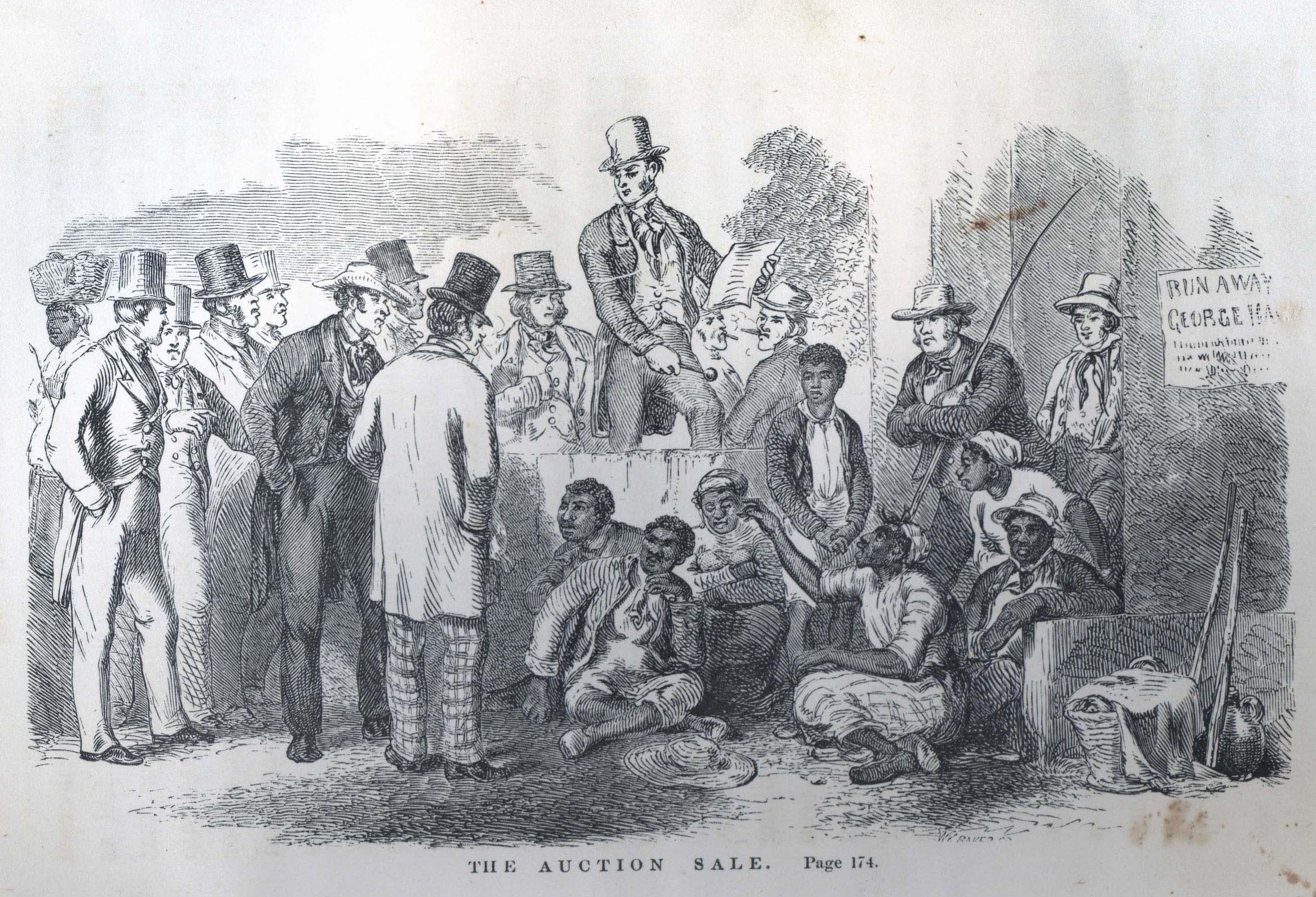
Words Change the World: Teaching About Racial Injustice Through the Work of Harriet Beecher Stowe and Ta-Nehisi Coates
To what extent can fiction and non-fiction both help us learn, change, and adapt our understanding of an historic or contemporary moment?
Learn More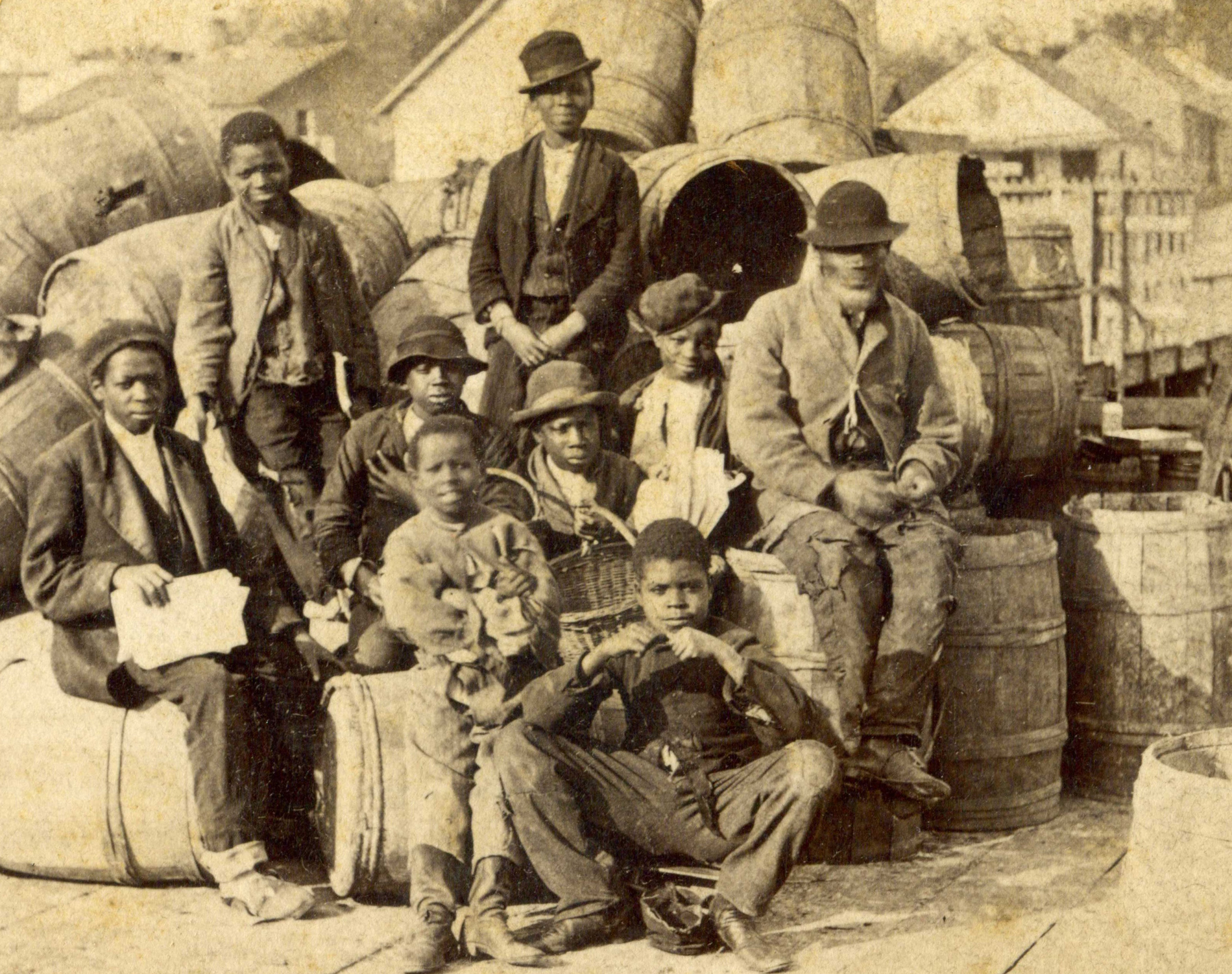
Learning by Looking: Reading a Post-Civil War Photograph
What can we learn from an anonymous historical photograph?
Learn More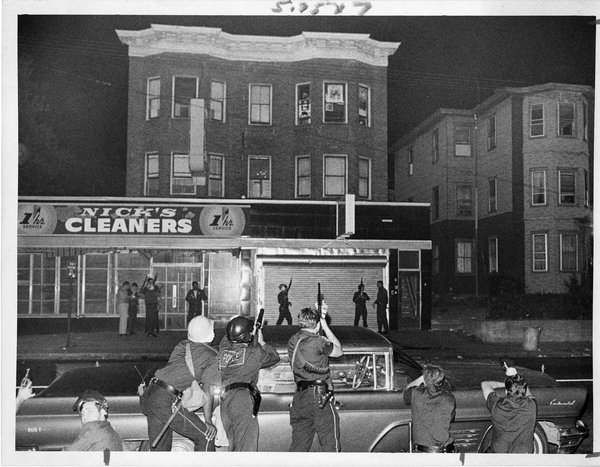
Late 1960s Civil Unrest in Connecticut’s Capital City
What conditions led to civil unrest in the 1960s?
Learn More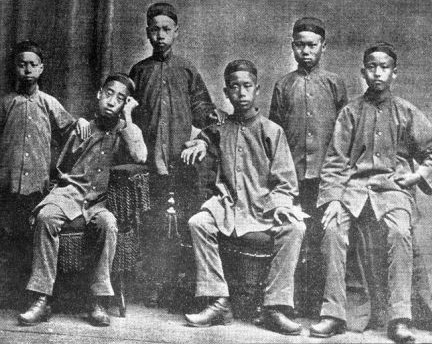
The Chinese Educational Mission and How Asian American Stories Reframe American History
How did participating in the Chinese Educational Mission influence both its students and America?
Learn More
Hate Speech, Free Speech, and the First Amendment: The Church of the Creator Comes to Wallingford
Should public spaces be open to all types of speech?
Learn More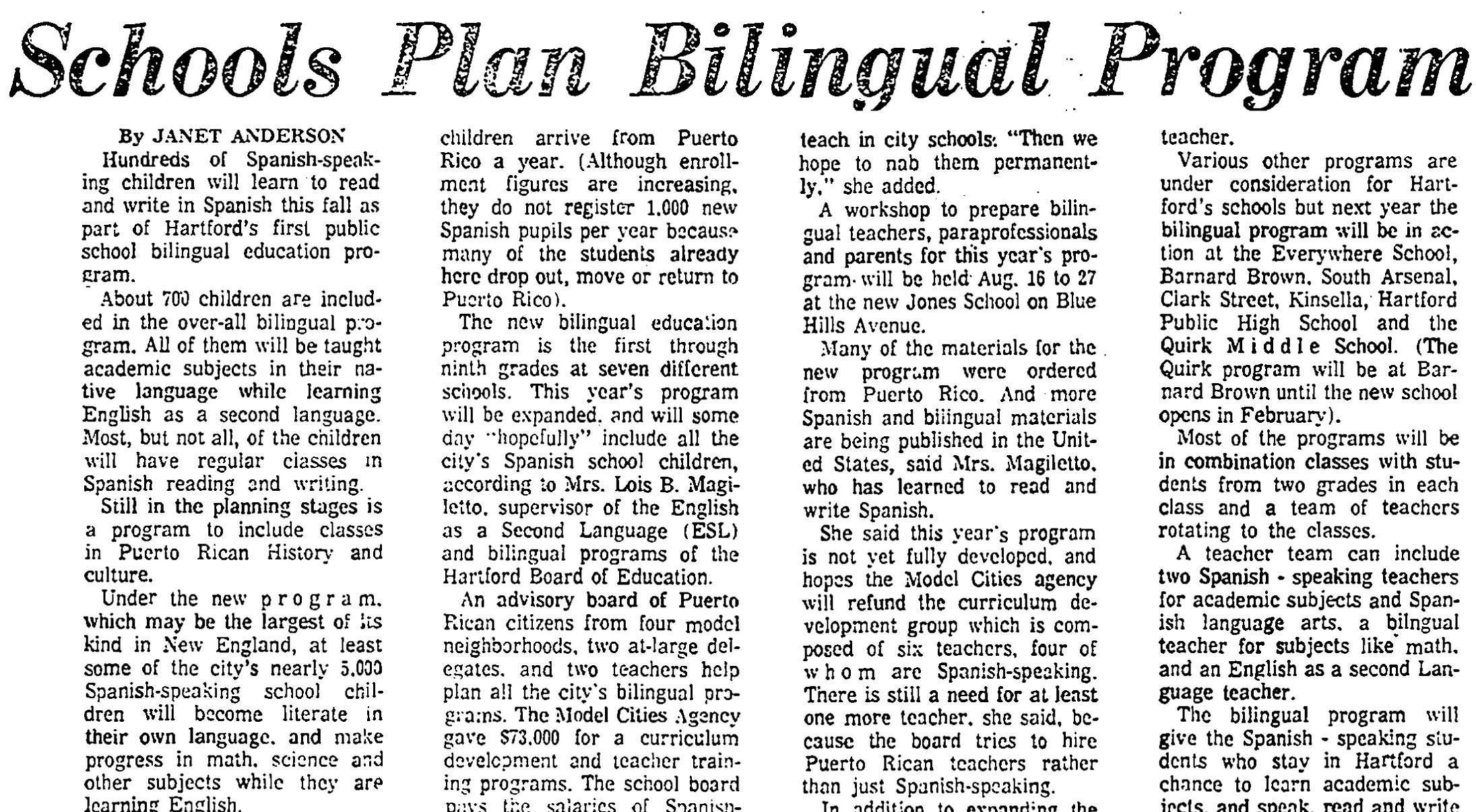
Bilingual Education for Spanish Speakers in 1970s Hartford
How have communities advocated for fair and equal access to education in Connecticut?
Learn More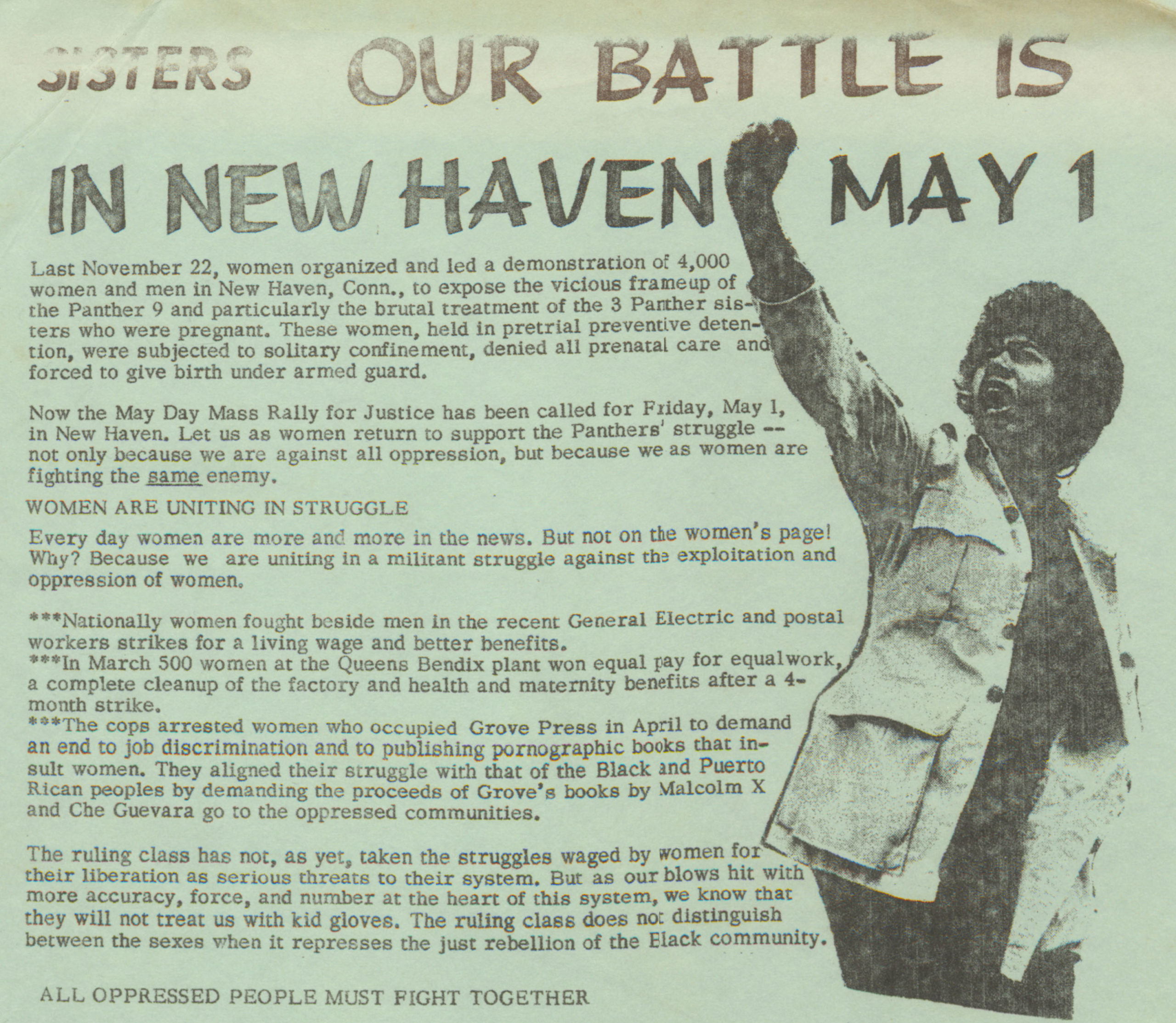
The Black Panthers and the May Day Rally in New Haven
How is the First Amendment used to advocate for justice in America?
Learn More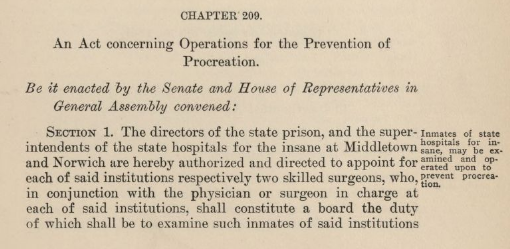
Eugenics in Connecticut: Legislating Genetic Purity in the Nutmeg State
Are all reforms good?
Learn More
Post-World War II Puerto Rican Farm Labor Migration to Connecticut
How did Connecticut industries influence migration and immigration to the state and the development of new communities?
Learn More
Visions of Change: Colt and the Growth of Industrial Connecticut
What impact did industrialization have on people’s lives in the mid- to late-19th century?
Learn More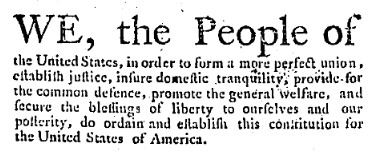
Connecticut’s Ratification of the Constitution
How are decisions made about how a nation should be governed?
Learn More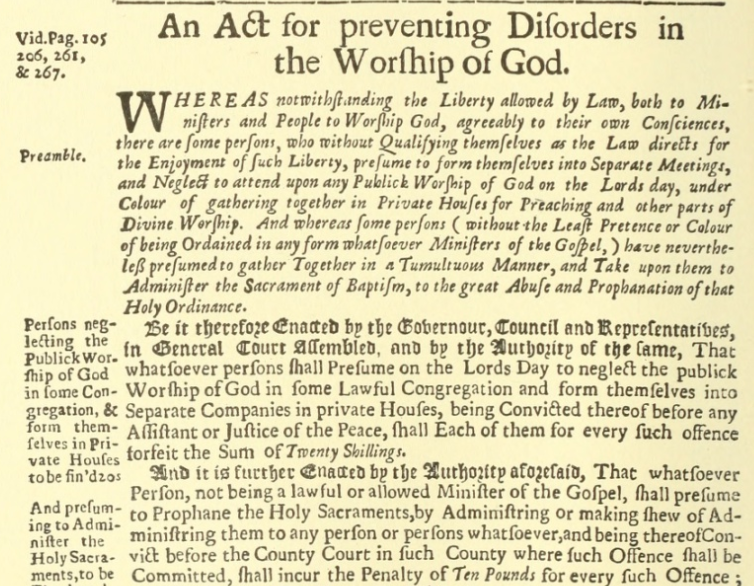
Church & State in the “Land of Steady Habits”
Has there ever been complete separation of church and state in Connecticut?
Learn More
A Connecticut Lawyer Stands for Human Rights
To what extent is the international community responsible for the protection of human rights?
Learn More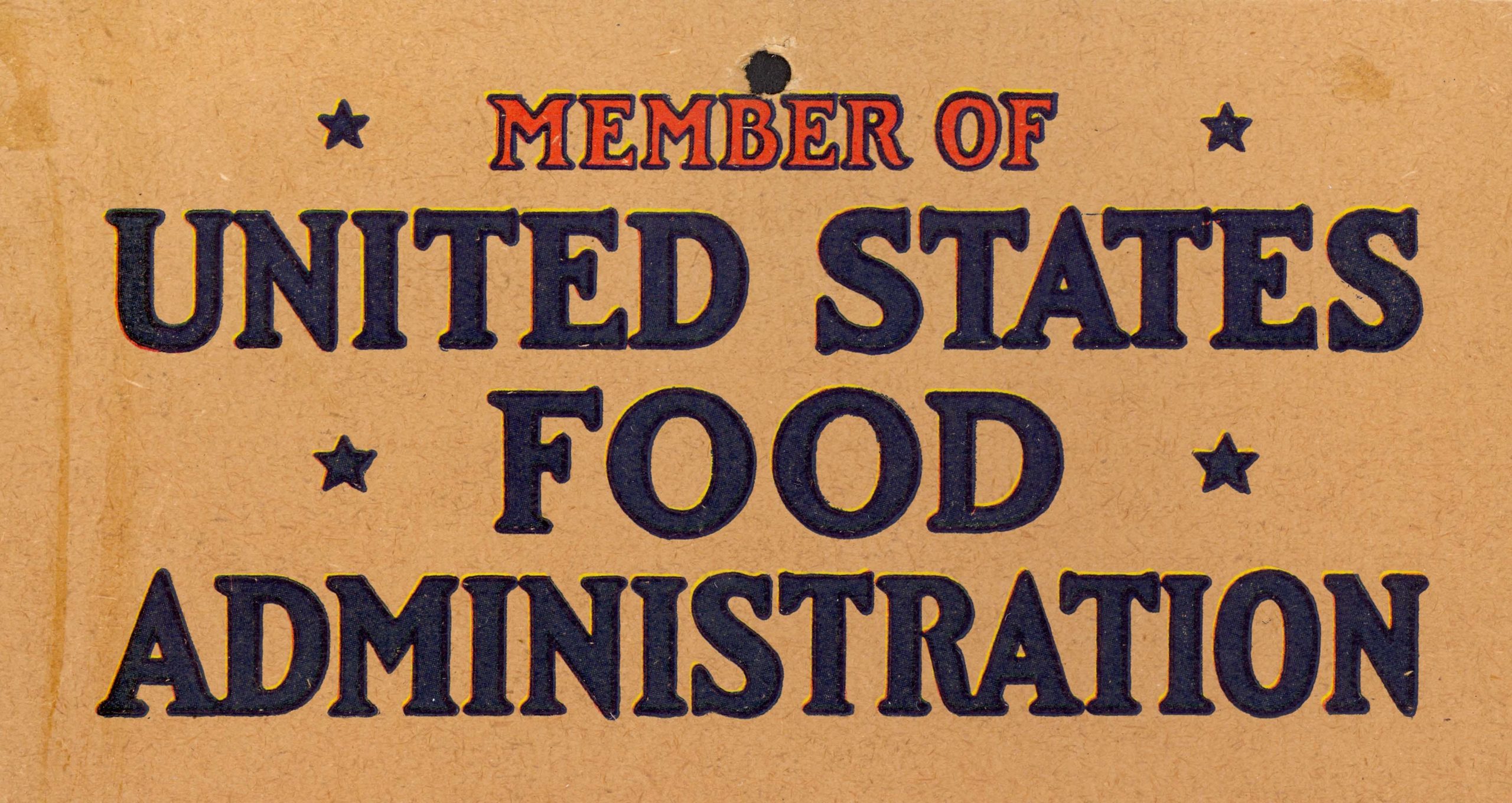
“Women of Connecticut: Are You Helping?” The Reaction to Emergency Food Measures During World War I
Do government campaigns to promote “voluntary” patriotic efforts in a time of war strengthen or weaken American democracy?
Learn More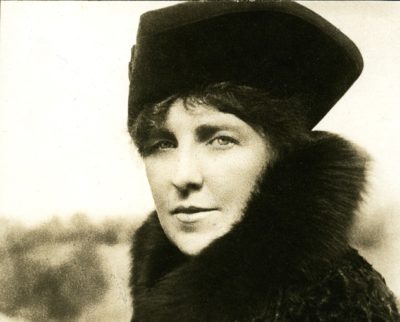
“Saved.” Theodate Pope and the Sinking of the Lusitania
To what extent has the United States succeeded in remaining neutral in times of war or global conflict?
Learn More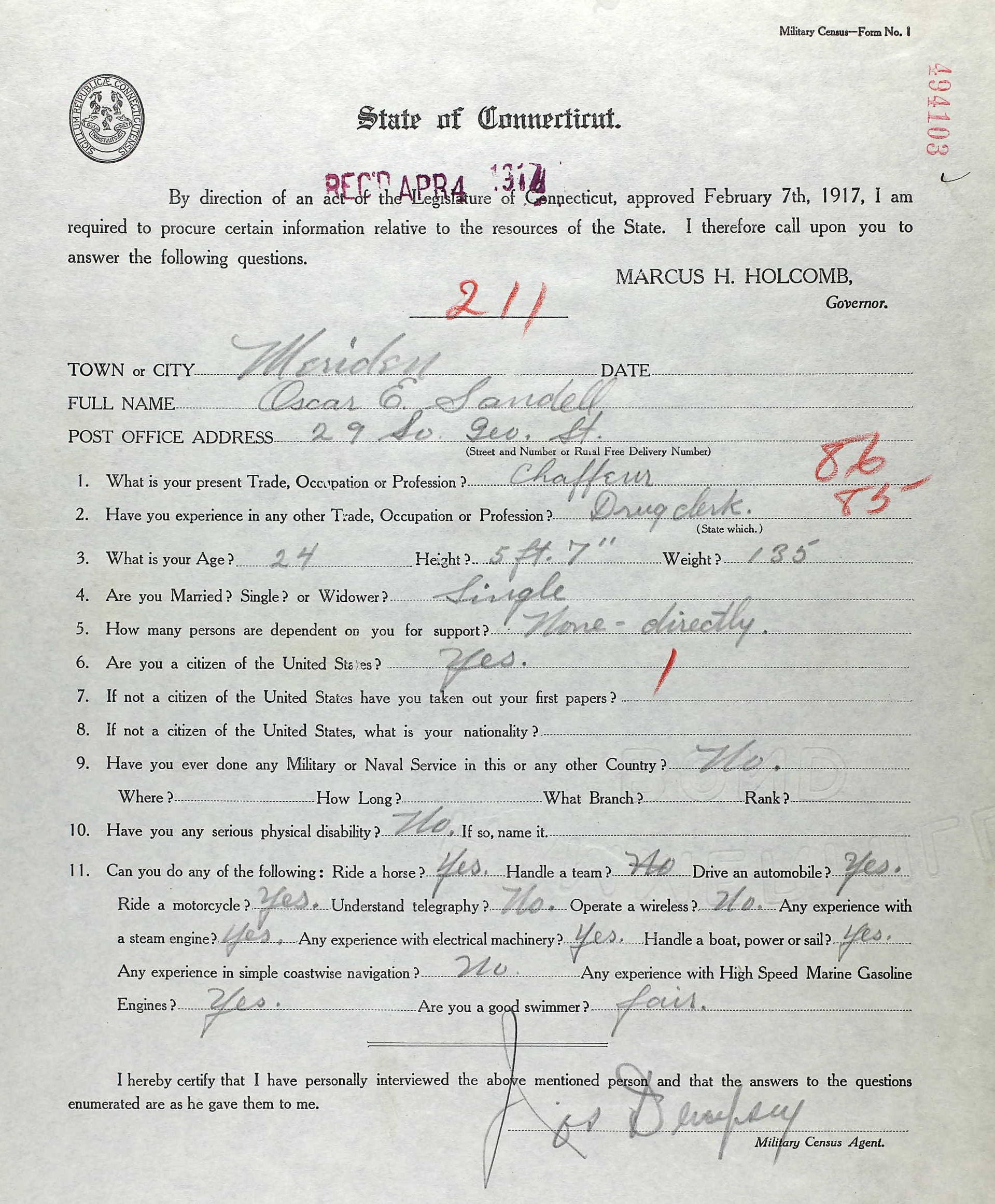
Connecticut Prepares for War, 1917
How does the role of government change in a time of war?
Learn More
Joining the War Effort, One Peach Pit at a Time
How does an entire society participate in war?
Learn More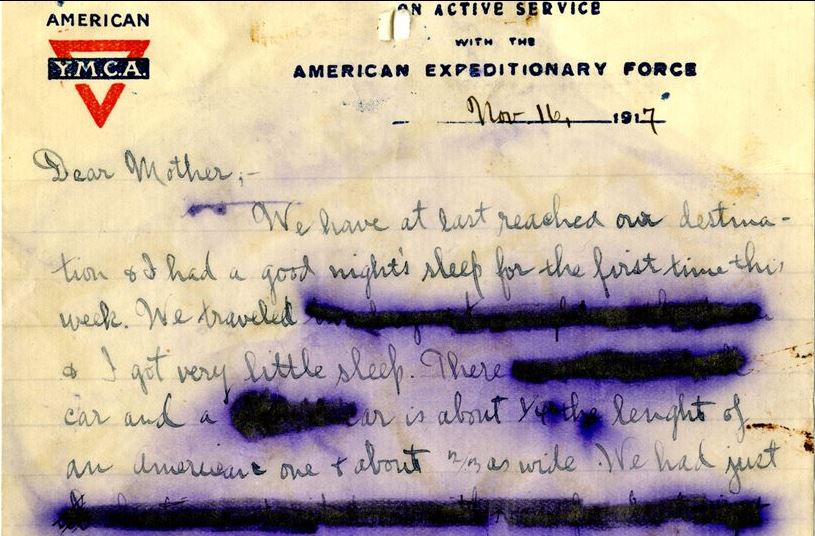
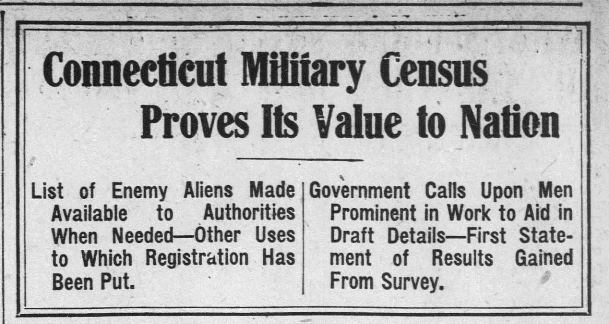
The Immigrant Experience During World War I: Enemy Aliens
How did the government effort to mobilize and monitor the Connecticut home front during World War I affect the immigrant experience and conceptions of national identity?
Learn More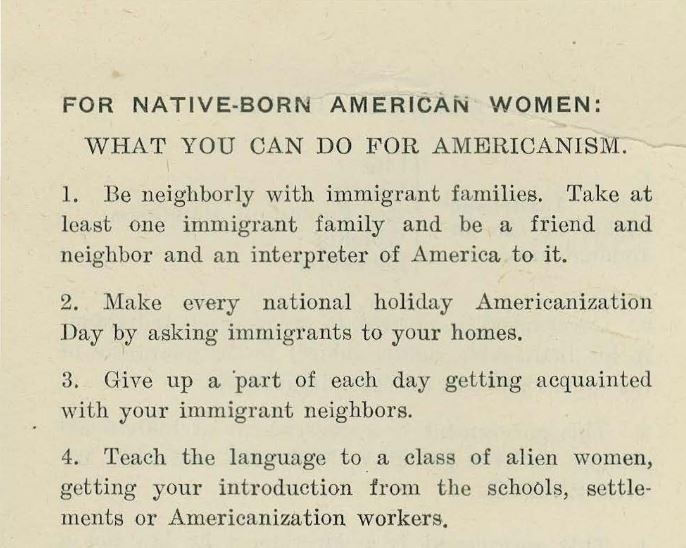
Beware Thy Neighbor? German Americans in Connecticut during WWI
Has America always been a “Land of Opportunity” for immigrants?
Learn More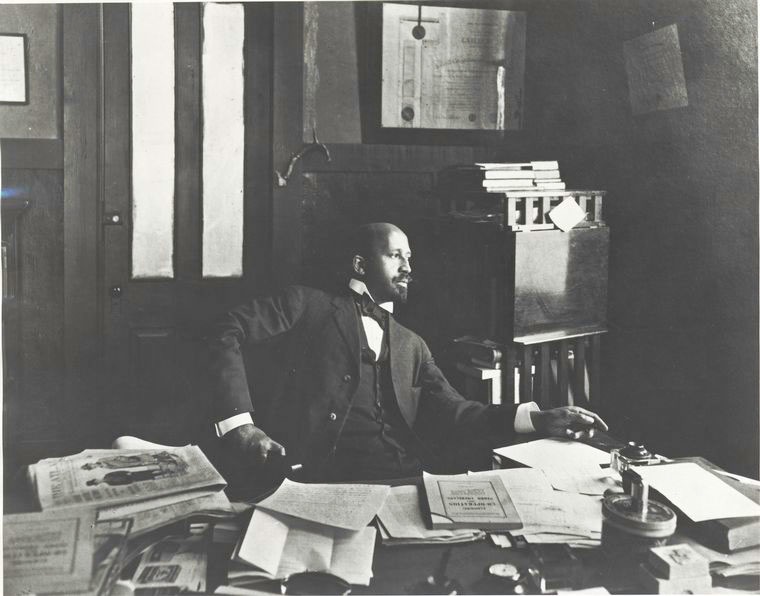
Black World War I Veterans Demand Civil Rights
How did World War I impact the struggle for civil rights in Connecticut and America?
Learn More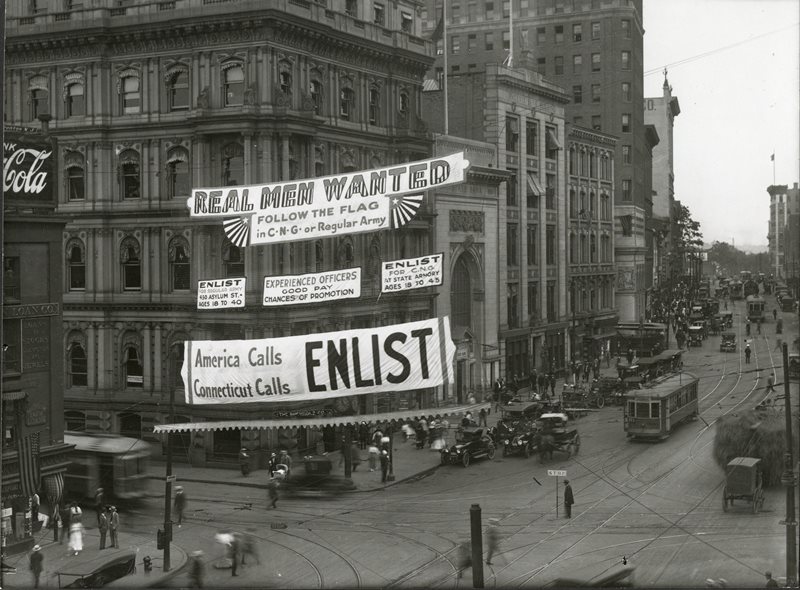
Enlist Now! Selling Sacrifice to the People of Connecticut, 1917
Why do people enlist in the military?
Learn More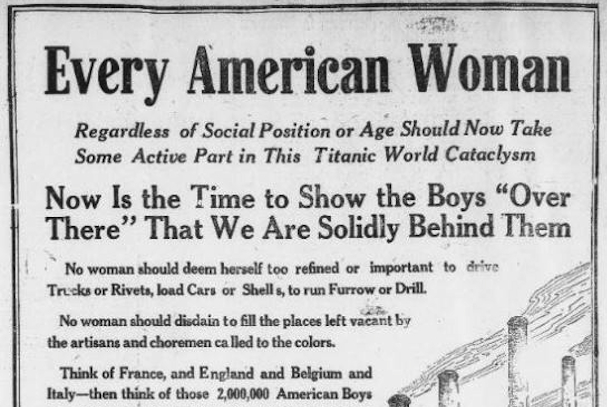
“Making Munitions is a Woman’s Job” During World War I
What impact did the women of Connecticut have on the Great War (WWI)?
Learn More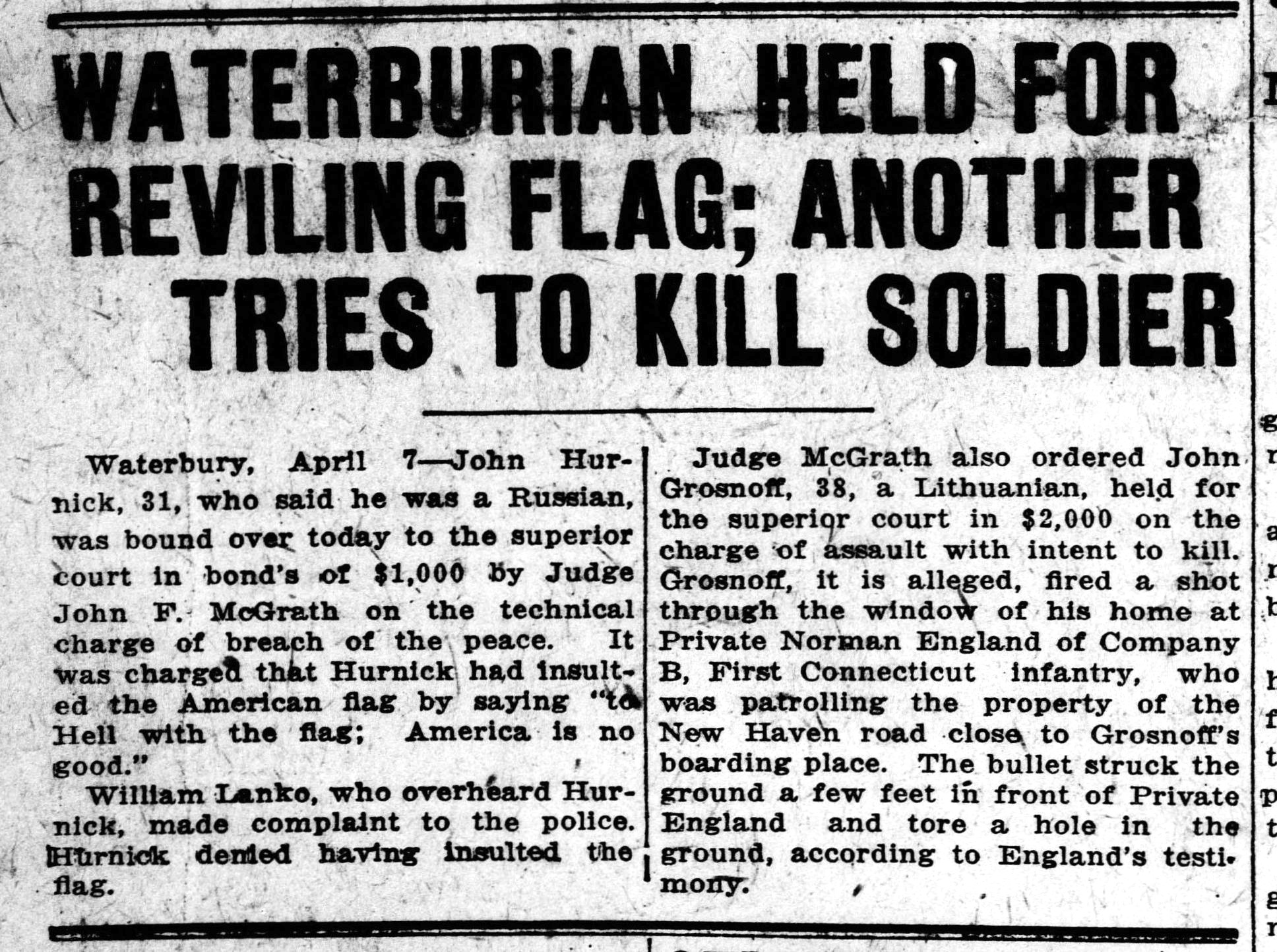
Free Speech and Seditious Speech on the CT World War I Home Front
Does free speech exist in a time of war?
Learn More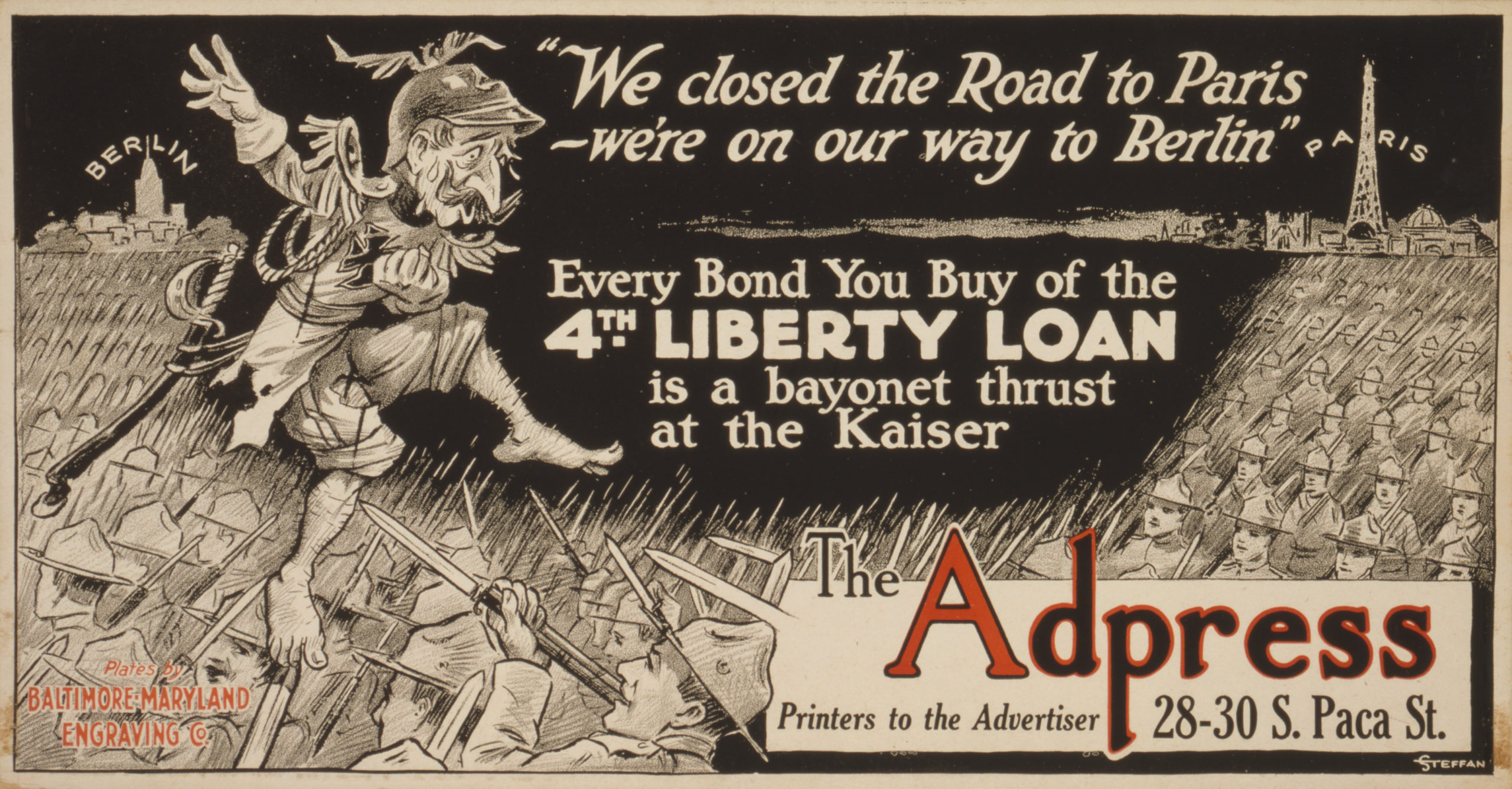
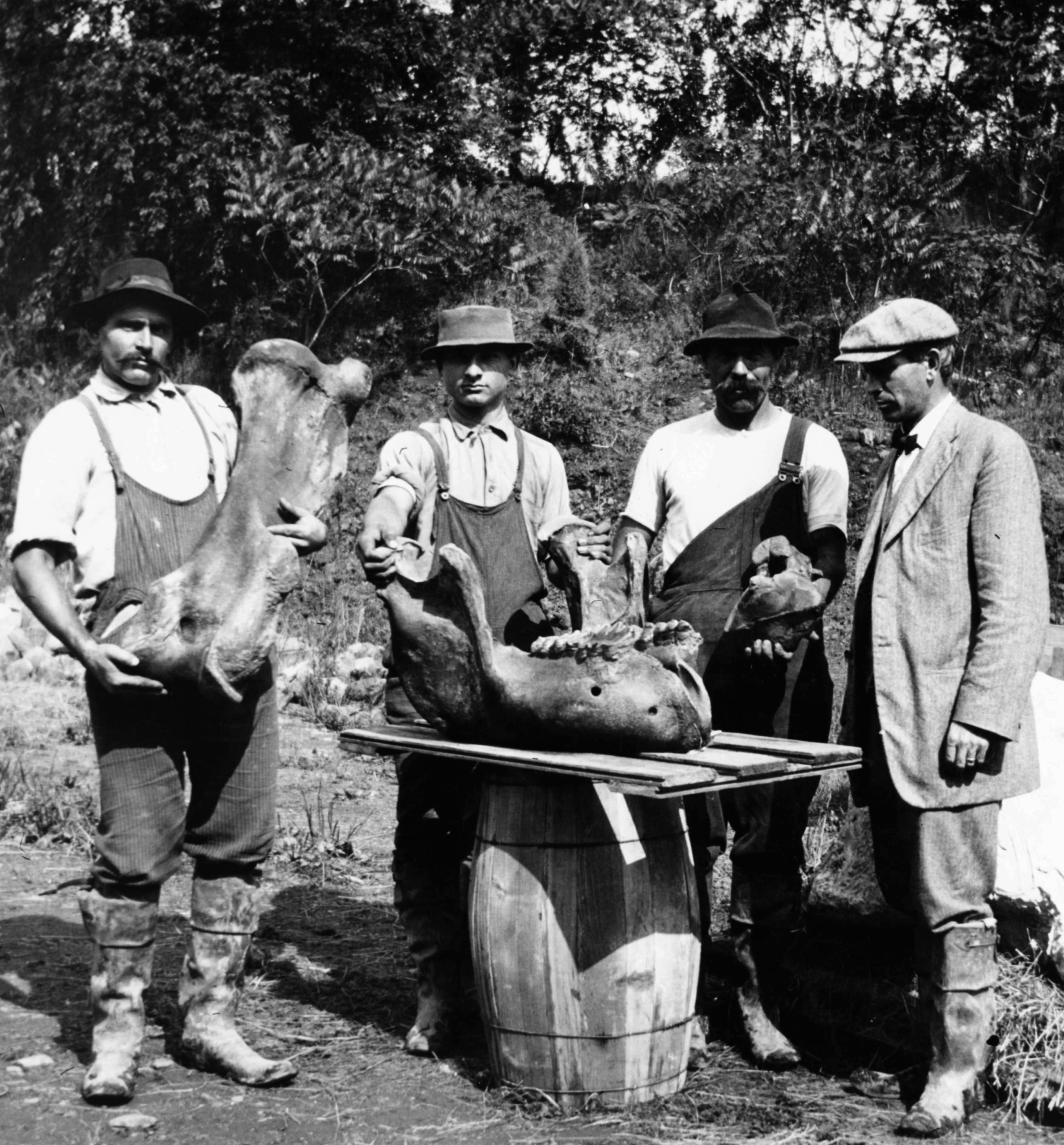
Is That a Mastodon?! A Case Study in Civic Responsibility
To what extent are we, as citizens and communities, responsible for scientifically and/or historically significant finds on public property?
Learn More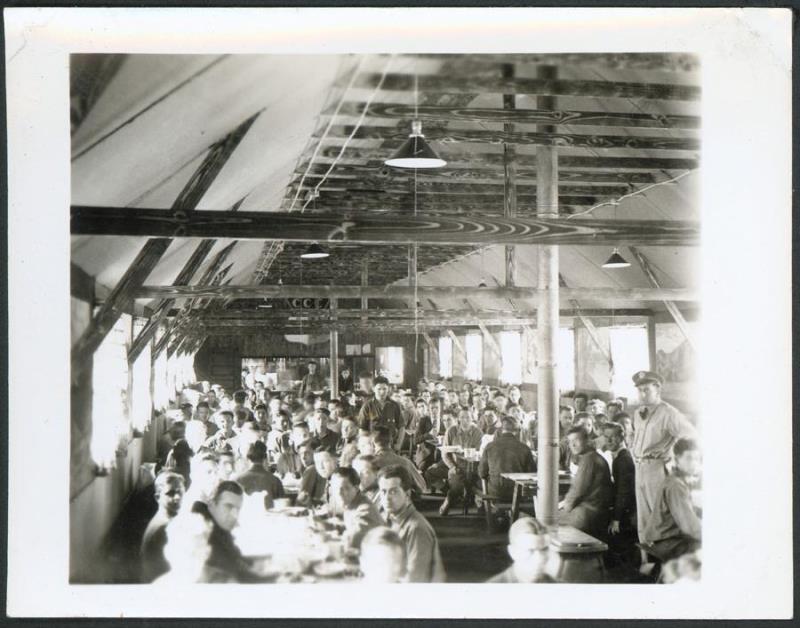
The Civilian Conservation Corps in Connecticut
How did the Civilian Conservation Corps (CCC) impact Connecticut?
Learn More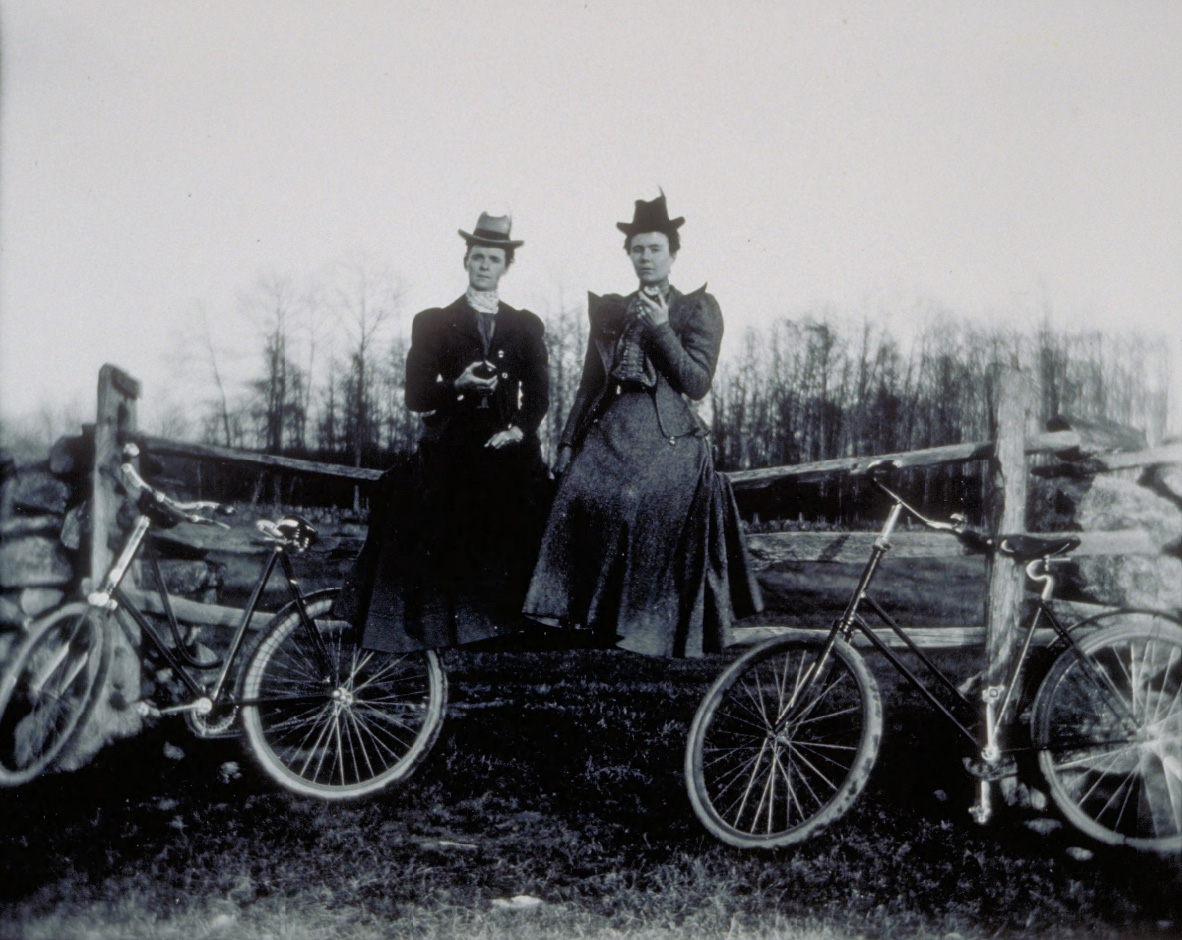
On the Move: The Bicycle, Women, and Social Change in the 19th Century
To what extent are technology, fashion, and social reform interconnected?
Learn More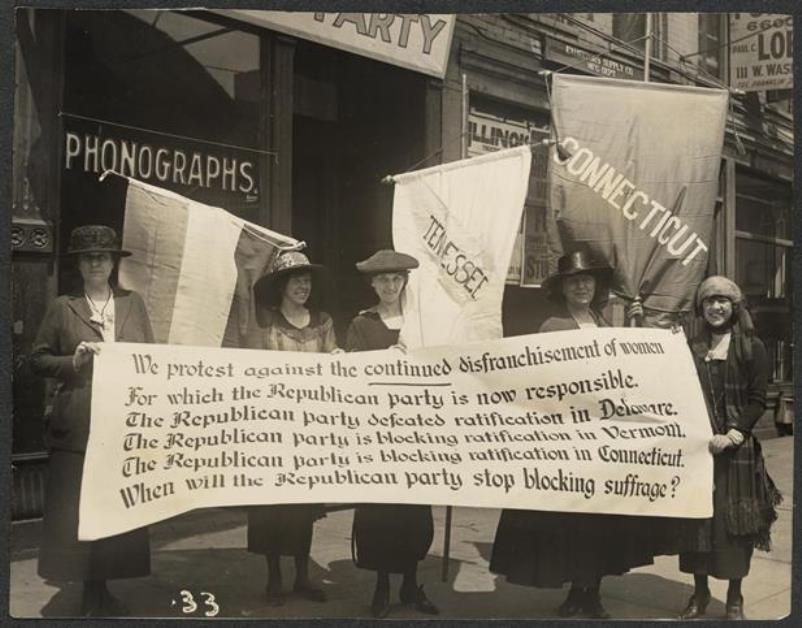
Connecticut Women and the Women’s Suffrage Movement
How have American concepts of freedom and equality changed since the 1870s? How might the changes be perceived differently by different segments of the population?
Learn More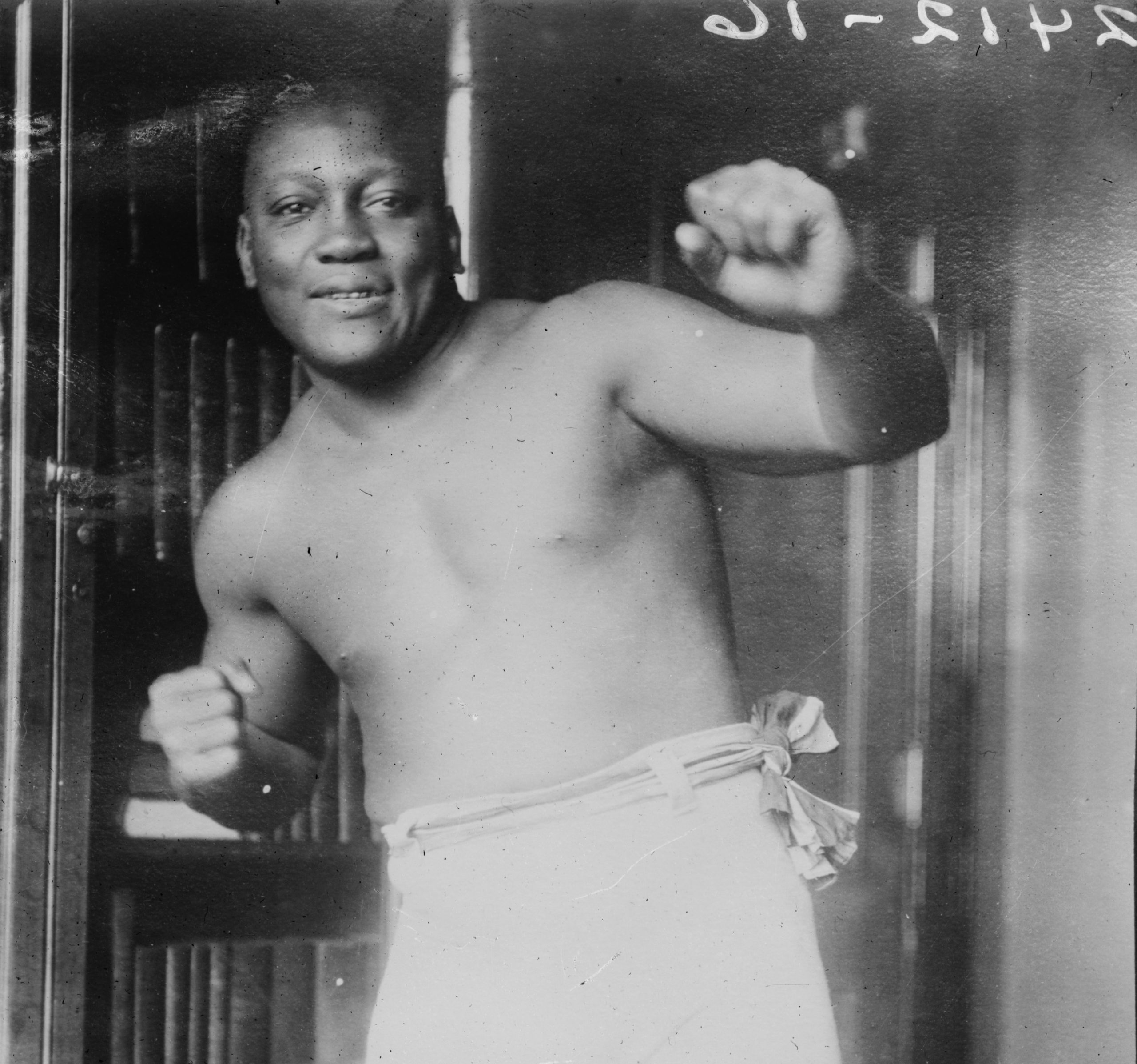
African Americans in Progressive-Era CT: The Battle Over the Jack Johnson Fight film
What does the battle over the Johnson-Jeffries fight film tell us about the social position of African Americans in Progressive-Era Connecticut?
Learn More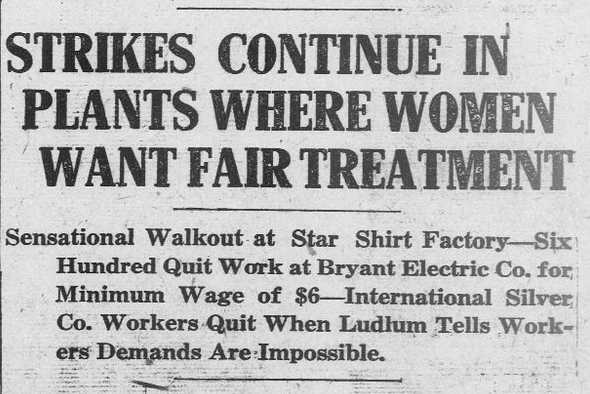
Roots of Labor Unrest in Progressive-Era CT
What were the causes of the labor unrest that roiled Connecticut in the years between 1900 and World War I?
Learn More

